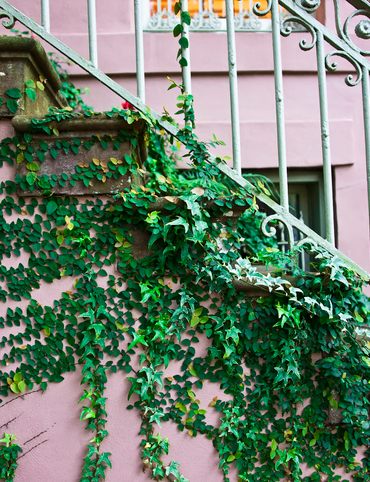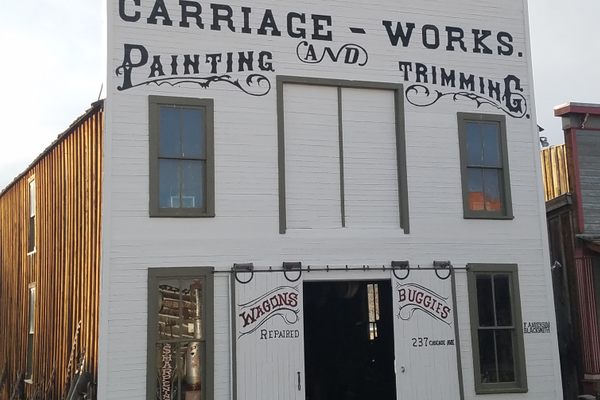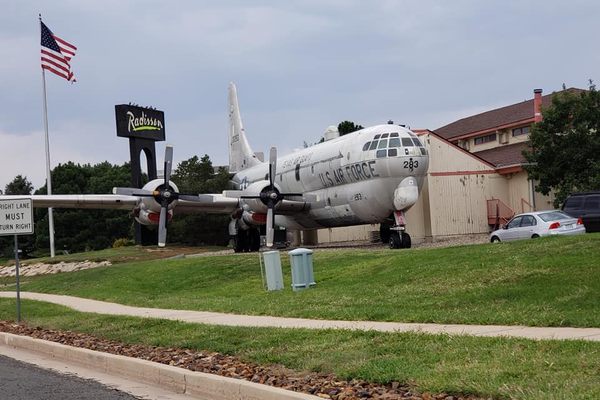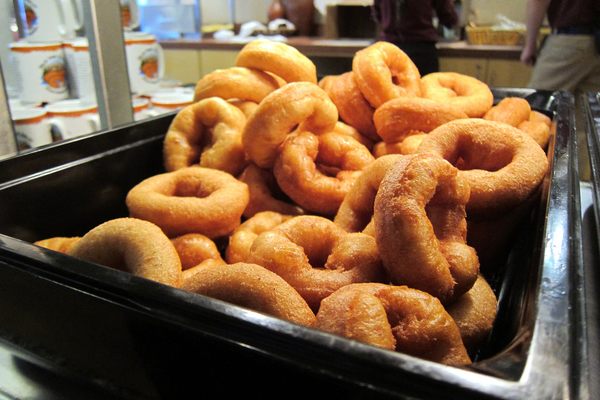From pioneering artists to obsessive curators and brazen builders, this route follows in the footsteps of a bold few—watch your step.
Rogue Routes: The Road to Pikes Peak
It wouldn’t be quite accurate to say this route from Salt Lake City to Colorado Springs is paved by rogue trailblazers. Indeed, much of it remains unpaved, not so much out of disregard as in homage to the rugged landscape that has inspired so many to strike out against the banal, to write their own script. From pioneering artists to obsessive curators and bold builders, this route follows in the footsteps of a bold few—watch your step.
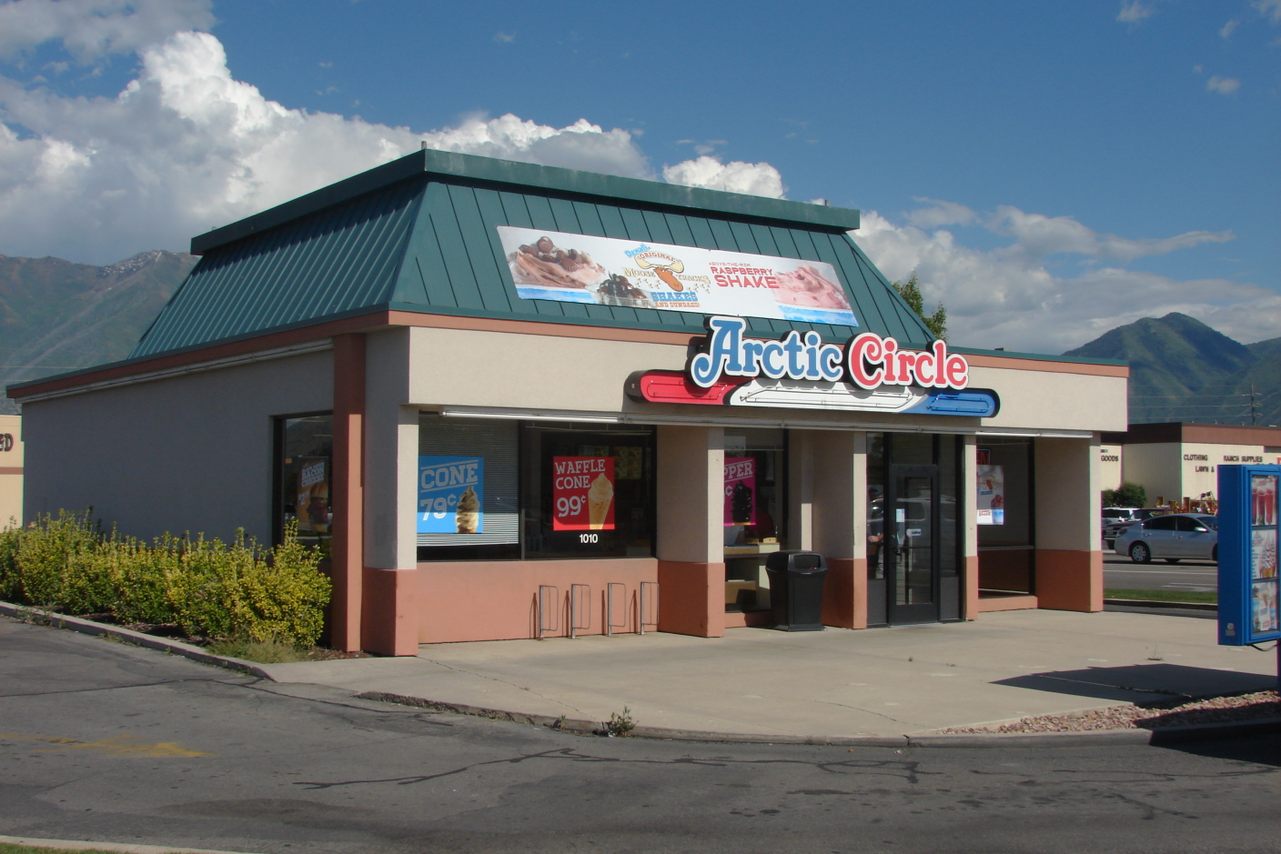
1. Arctic Circle Drive-In
It’s no coincidence that Don Carlos Edwards broke into the food industry selling drinks from a tiny refreshments stand on a regional holiday known as “Pioneer Day.” Almost a century later, the fast food giant he created lays claim to the invention of the kids meal, Ranch Burgers, and “Fry Sauce.” From a single Arctic Circle Drive-In in Salt Lake City, Edwards built a veritable empire—62 outlets across six states in the Mountain West—on pure culinary innovation.
His not-quite ketchup, not-quite mayonnaise Fry Sauce (whose secret recipe is closely guarded to this day) entered the realm of regional icon over the years, with area fast food chains attempting their own renditions and supermarkets selling Arctic Circle brand bottles of the inimitable house condiment. They were also the first chain to use solely Black Angus beef in their burgers, an industry-wide standard nowadays.
Pop in for a meal before your first leg of the trip. Try the Angus Ranch Burger (an A.C. original) with fries, and finish off with a “Brown Topper” (another A.C. original)—a chocolate-sauce-dipped ice cream cone. Just don’t forget to order Fry Sauce.
1360 State St, Orem, UT 84097
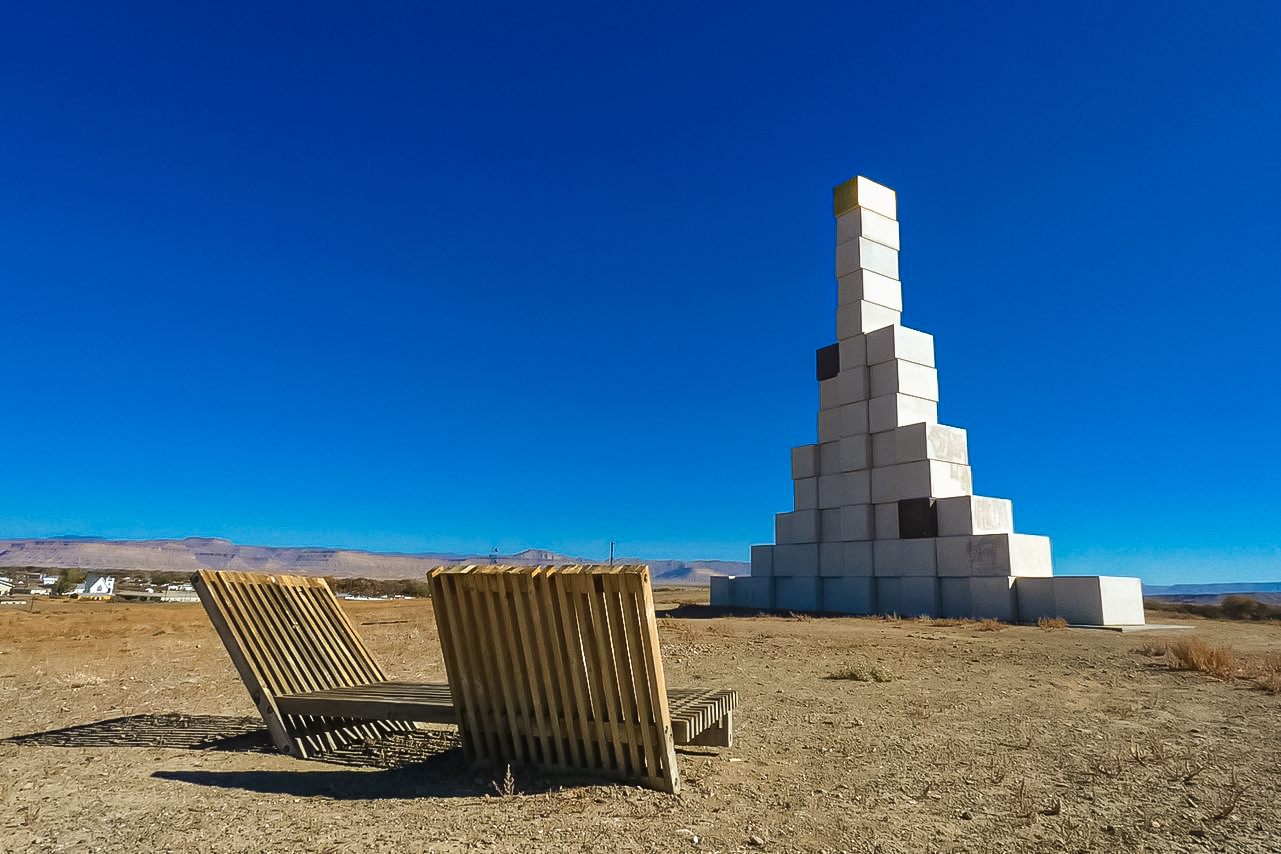
2. Ratio: A Pile of Big Blocks
At-a-glance, what you see is what you get: “Ratio,” the only churchlike structure in Utah that doesn’t need your repentance, is quite plainly a “Pile of Big Blocks”—53 four-ton concrete blocks, to be precise. To the 89-year-old blind retiree who dreamed up its conception, however, it’s much more. “No one will remember me,” he told the Salt Lake Tribune, “but this is something I leave that will be immortal.”
While the cubes seem imperfectly aligned, the design is far from random: its arrangement is based on the Fibonacci sequence or Golden Ratio, a concept found elsewhere in some of the greatest architectural accomplishments on earth. A single gold-leaf plated cube sits atop the structure, reflecting the radiant desert sun at different angles throughout the day. Of the hundreds of sculptures completed by renowned Australian artist Andrew Rogers, Ratio is his largest at 44 feet tall.
Park behind the bank at Main Street and Walnut and cross the set of train tracks by foot to get an up-close look at Ratio. In case you need to sit and think about it, the artist left a set of wooden recliners.
Airport Rd, Green River, UT 84525

3. Landscape Arch
The largest natural arch in the world outside of China—Utah’s 65-million year old Landscape Arch—has been shedding automobile-sized chunks of red rock over the last several decades. To some, it’s a sign that this spindly ribbon of rock is nearing the end of its life. To others, it’s dropping weight to hang tough for another several centuries.
There are 2,000 other arches spanning the aptly named Arches National Park, but Landscape is certainly the park’s most dramatic, cutting a lithe 290 feet across the desert sky. And while its projected natural lifespan is unknowable, (the forces that created the arch are surely still at work, eroding this beauty day-by-day), best to play it safe and make your visit this lifetime.
Park at Devil’s Garden trailhead for a quick one-mile hike lined with wild mountain aromatic plants to visit Landscape in the flesh. The paved road (Arches Scenic Drive) to Devil’s Garden will take you and a justifiably ogling stream of travelers past the iconic Courthouse Towers and a host of otherworldly rock formations, but the equidistant, off-road option (BLM 145) may thin the crowd to just you.
U.S. 191, Moab, UT 84532

4. Cisco
Since it was abandoned in the 1990s, most folks visiting the “ghost-town” of Cisco, UT saw, understandably, a ghost-town, albeit a unique one: rather than your run-of-the-mill pre-industrial debris, Cisco’s material landscape consisted of things like mid-century television sets, the shells of washing machines, and half-full plastic bottles of maple syrup. Through all the mess, one Chicago-based visual artist only saw potential.
Eileen Muzka is the sole year-round resident of Cisco, UT where she heads “Home of the Brave,” a non-profit artist’s residency hosting international makers and doers. The 100-building town is dotted with the work of past residents, from a wood-and-stone snake tangled up in a minibus to “Black Lives Matter” murals to intricately painted shells of refuse cars.
Be sure to fill up on gas when possible—"thinly settled” would be an understatement in these parts. Also keep in mind this is not a true ghost town. Treat Muzka’s realm the way you’d want her to treat yours, if you owned one.
238 E 2nd St, Cisco, UT 84515
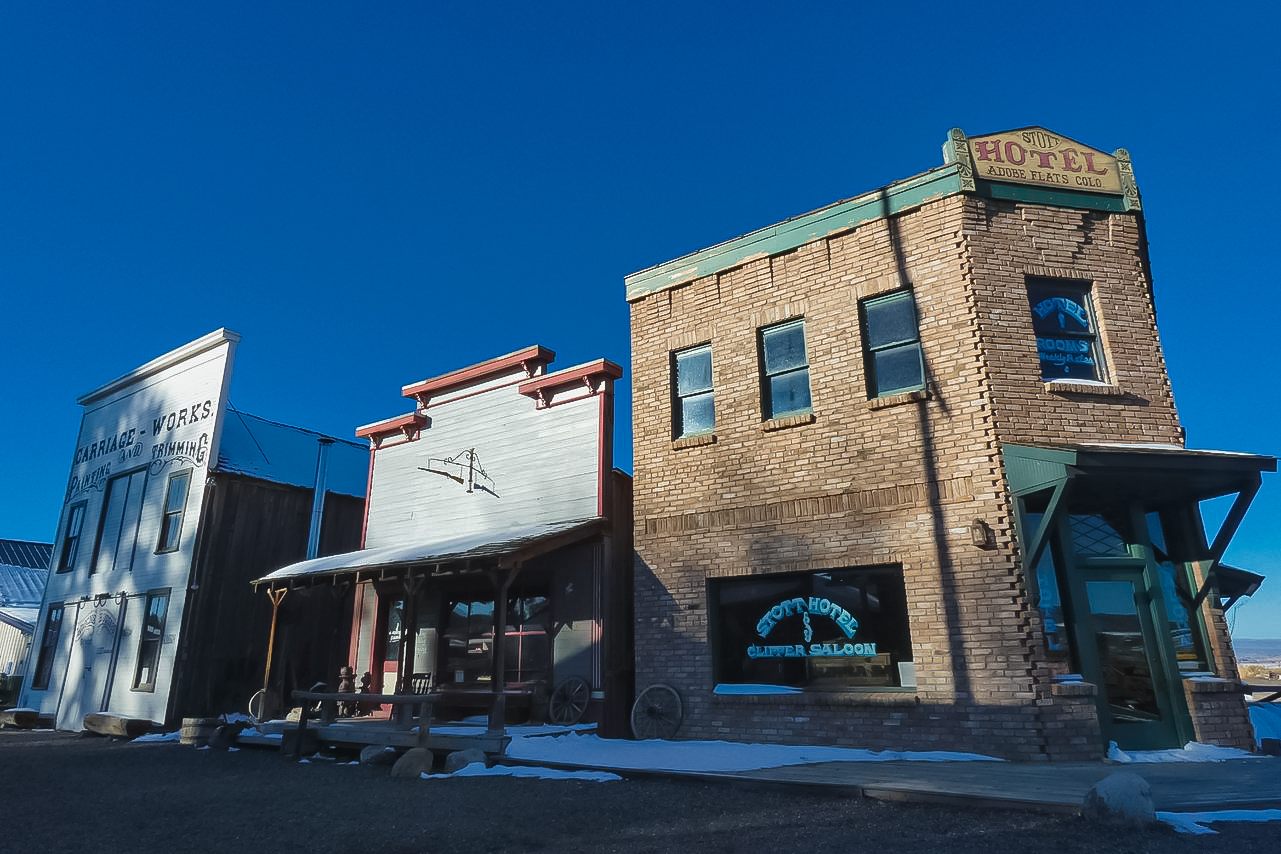
5. Museum of the Mountain West
While his friends were playing with toys and building snowmen, 4-year-old Richard Fike was busy collecting memorabilia of the Old West. By 8, he’d opened his first museum in his parent’s guest room. By 12, he got serious and began cataloguing his expanding trove of curios. By 56, the historical archaeologist had literally built a small village out of genuine artifacts.
Nearly 30 buildings and over half-a-million artifacts make up “Adobe Flats,” a fictional Wild West mountain village comprised of primarily non-fictional parts. While some buildings were fabricated to flesh out the “town,” a host of century-old buildings like Furman’s Drug Store, Schmidt’s Cash Store, and a German Lutheran Church were shipped here and restored from varying states of disuse.
The Miner’s Delight Saloon hosts authentic player pianos and violins, while a pair of Butch Cassidys chaps, used boxing gloves from 1920s heavyweight champion Jack Dempsey, and playing cards signed by Sitting Bull make up only a fraction of Fike’s world of memorabilia.
68169 Miami Rd, Montrose, CO 81401
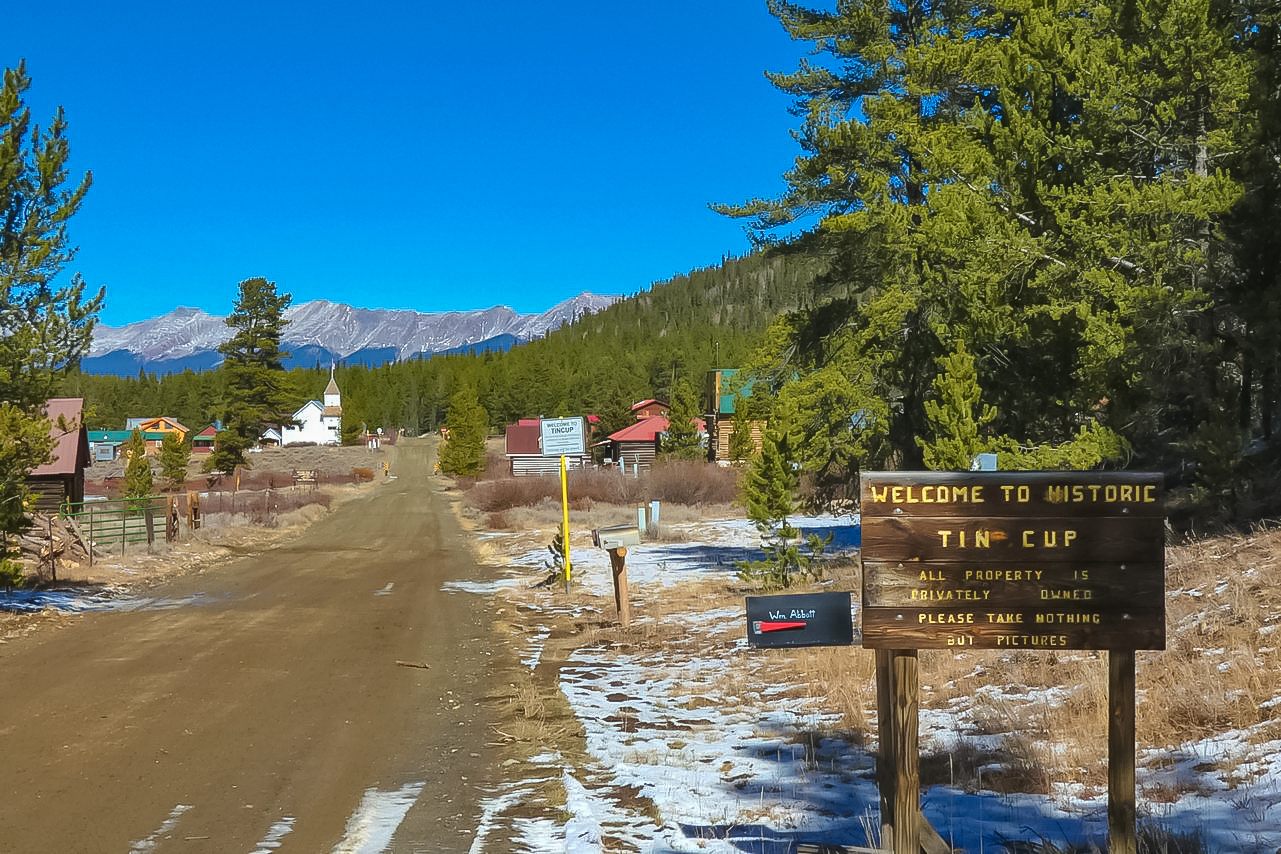
6. Tincup
Tincup, CO got off to a rough start. Unforgiving winters and the threat of Native American attack deterred most settlers to the fledgling mining town. The folks that ended up there were hearty, but a little rough-necked: the town marshal was shot dead in 1882. So was the marshal that replaced him.
Today, the mostly hand-built town dotted with century-old buildings is seasonally populated—in the summers, when there’s no snow, and in the winters, when there’s enough to snowmobile—but a handful of residents finally live comfortably year-round, without an inch of pavement, cell phone reception, internet, and for some, running water (the role of town marshal has, understandably, been dissolved).
It’s a place where every other home has a set of antlers above the door and an outhouse in the backyard; Where the tallest building in town—Town Hall—hosts square dances on Friday nights and mass on Sunday; Where dogs know no leashes, and if you’re still enough, a gray jay may perch on an outstretched hand.
A cemetery sits on the outskirts of town, with the graves of townsfolk and brave marshals dating as far back as 1904 right up until the present day. “My husband’s parents are buried there,” one of the several year-round residents told Atlas Obscura. “We’re headed there, too,” she said with a proud smile.
342707410006, Almont, CO 81210

7. Royal Gorge Bridge
The Arkansas River spent about 3 million years eroding a 1,000-foot gorge through the plains region in the eastern foothills of the Rocky Mountains. In 1929, the George E. Cole Construction Co. spent about six months building a 1,260-foot bridge straight across it. The impetus? Because they could.
The Royal Gorge Bridge, built for the express purpose of viewing the gorge, is the highest suspension bridge in the United States: and with the Arkansas River below deepening one foot every 2,500 years, it’s height could clear the Chrysler building with an only increasing ease. A peak over the edge, in conjunction with furious winds funneled from the 10-mile long gorge below, is gripping even for the most adrenaline-seeking among us.
The nearly quarter-mile long bridge is walkable and handicap accessible. For the impatient crowd, there’s a gondola offering dizzying 360° views of the gorge below. For the intrepid, there’s also the highest zip-line in North America.
4218 Co Rd 3A, Cañon City, CO 81212
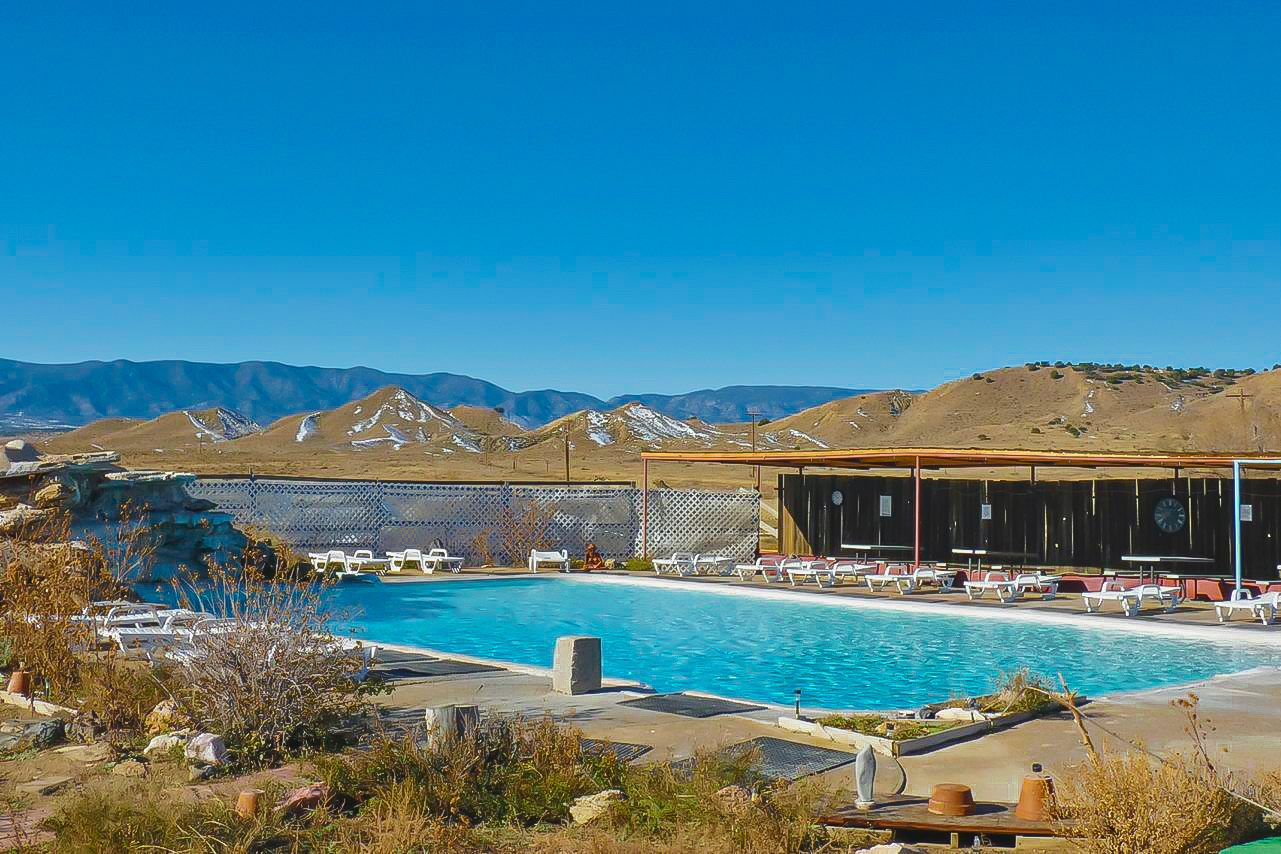
8. Desert Reef Hot Springs
In 1941, while drilling for oil in the foothills east of the Rocky Mountains, the Conaco Oil Company was rumored to have struck a deep pool of thermal water instead. The rumor dissolved into mystery over the ensuing decades, until 1985 when Florence, CO resident LJ Conrad struck out down a dirt road following a hot tip regarding the potential location of the storied hot spring. Within a year, the Desert Reef Hot Spring was born.
Today, the hot spring is one of only a handful of clothing-optional facilities in the state. While there are memberships and changing rooms, the open-air facility is in every other way not-your-average spa. Wabi-sabi art installations, a bring-your-own food and beverage policy, and of course the wide berth given to nudity attract a free-spirited clientele wholly devoid of pretension typical of twee hot spring facilities. Then again, how many spas require a bit of off-roading?
1194 Co Rd 110, Florence, CO 81226
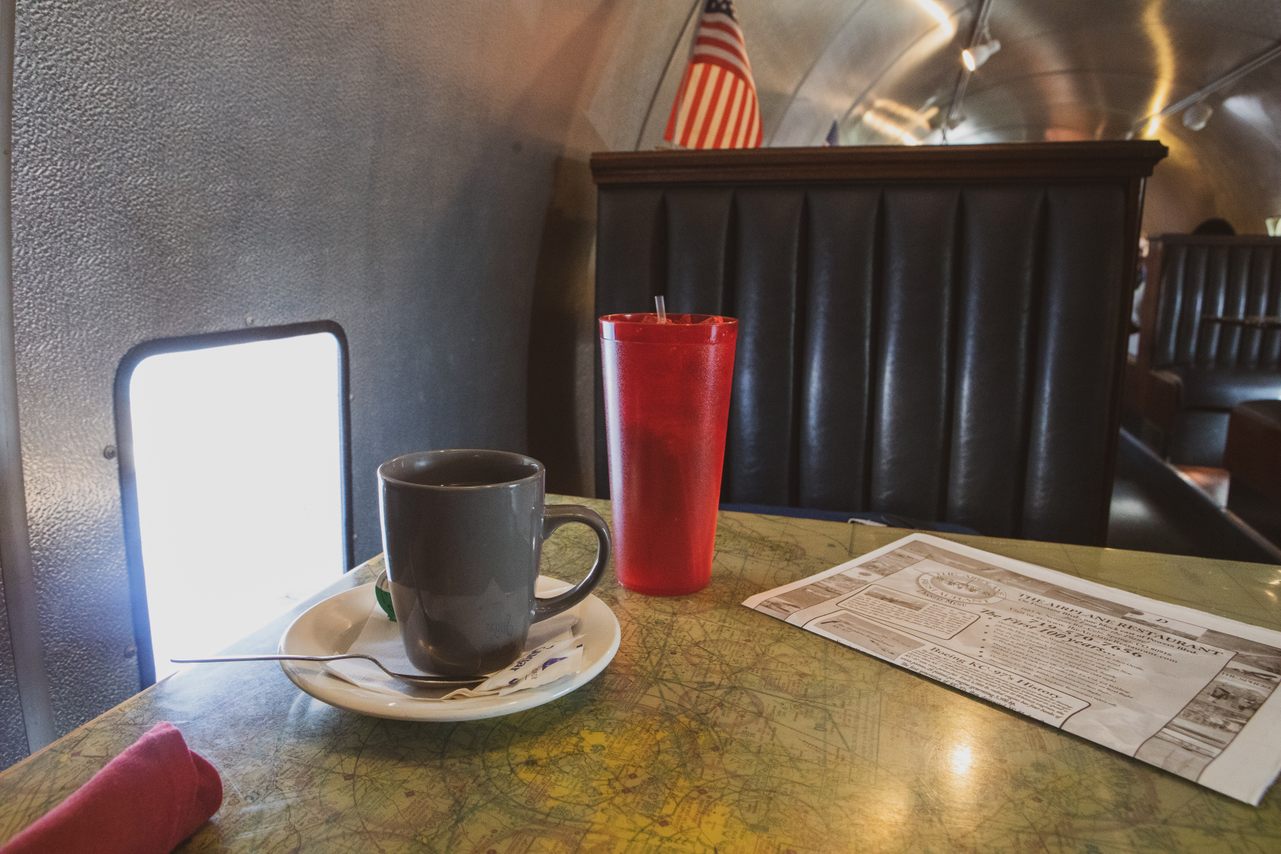
9. The Airplane Restaurant
In 2001, when semi-trucks carting what appeared to be giant pieces of a disassembled airplane began rolling into Colorado Springs, Steve Kanatzar immediately notified local news and radio stations. “I think there’s a guy who’s going to build an airplane restaurant here,” he recalls telling them, “and I think it’s going to have a real airplane.” Some guy was building an airplane restaurant, and it would have a real airplane. Kanatzar was that guy.
The Airplane Restaurant was a longtime dream of the former pilot that came true at a government surplus auction in 2001. After he signed papers promising he wouldn’t resell the Boeing KC–97 tanker to any foreign entity, he set to work transforming one of the largest propeller-driven aircraft ever made into a restaurant.
Today, the port wing of the one-time international mid-air refueling vessel soars through a high-ceilinged dining room rife with aviation memorabilia, with the fuselage abutting the building hosting a handful of cozy, leather booths. While the kitchen churns out standard American fare from Swiss & Mushroom Burgers to Craisin Walnut Salads, this may be the only way to enjoy a Buffalo steak cooked to order on an airplane.
1665 Newport Rd, Colorado Springs, CO 80916
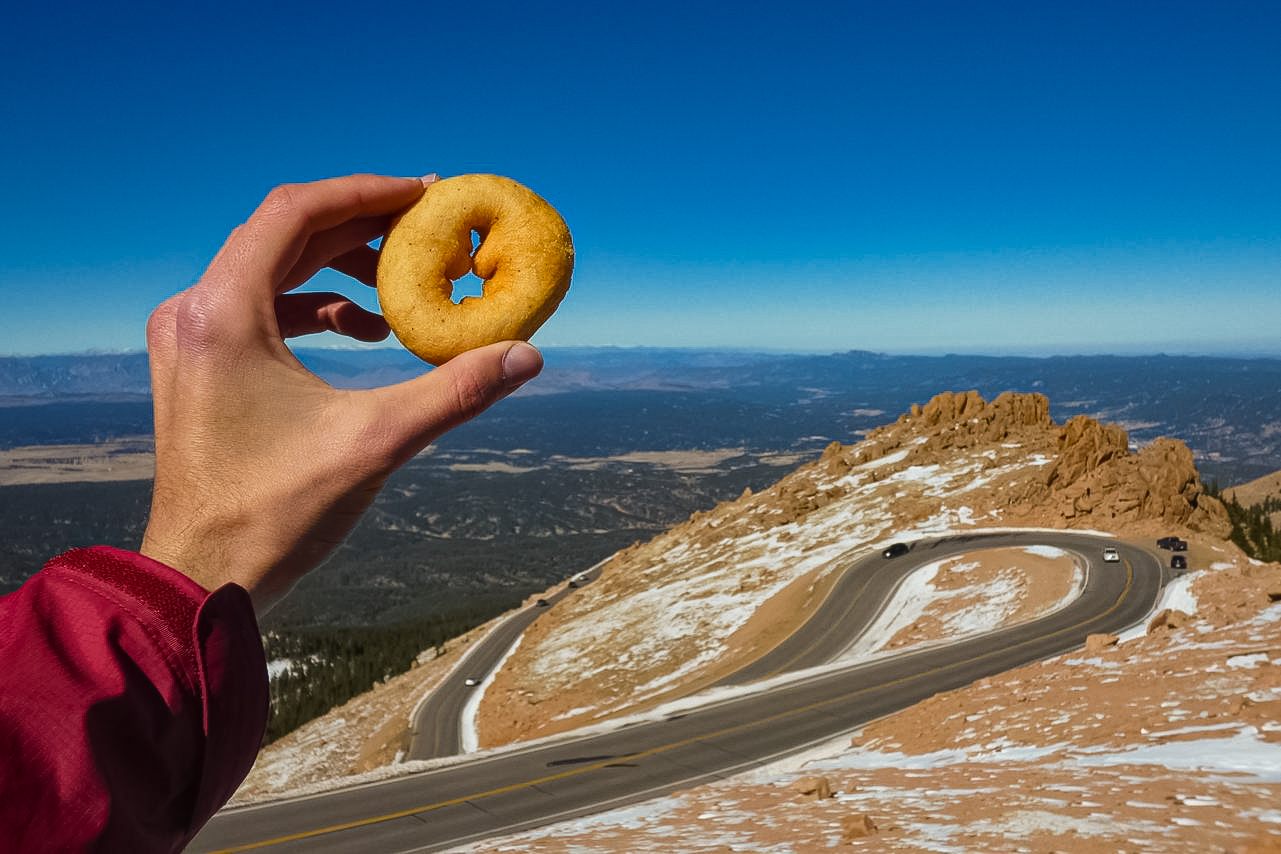
10. Summit Peak House
Even if you knew the secret recipe for Pikes Peak Summit House’s cult-famous donuts, you couldn’t just make them anywhere: the recipe is tailored to the peak’s 14,115-foot altitude, meaning if you were to attempt them closer to sea level with higher air pressure, they’d collapse.
With the mountain’s railway closed for renovations until 2021, there’s only two ways to eat these somehow dense-yet-fluffy donuts in their natural habitat—by a 13-mile vertiginous hike, or by driving the 19-mile series of white-knuckle, alpine switchbacks known as Pikes Peak Highway. Either way, you’ll have earned a snack for ascending the treeline.
With trace hints of cinnamon and vanilla, the mystifying donuts are best dipped in hot chocolate while taking in the hundred-mile views from the Summit House’s observation deck. Foxes may meander below the deck, sniffing out chipmunks from among craggy rocks, while raptors soar the mountain updrafts overhead.
Work off the donuts on any one of the majestic hiking trails webbing the peak before you head back—those downhill, hairpin turns are no place for a food coma, even with guardrails.
[Located in Pikes Peak] Cascade, CO 80809
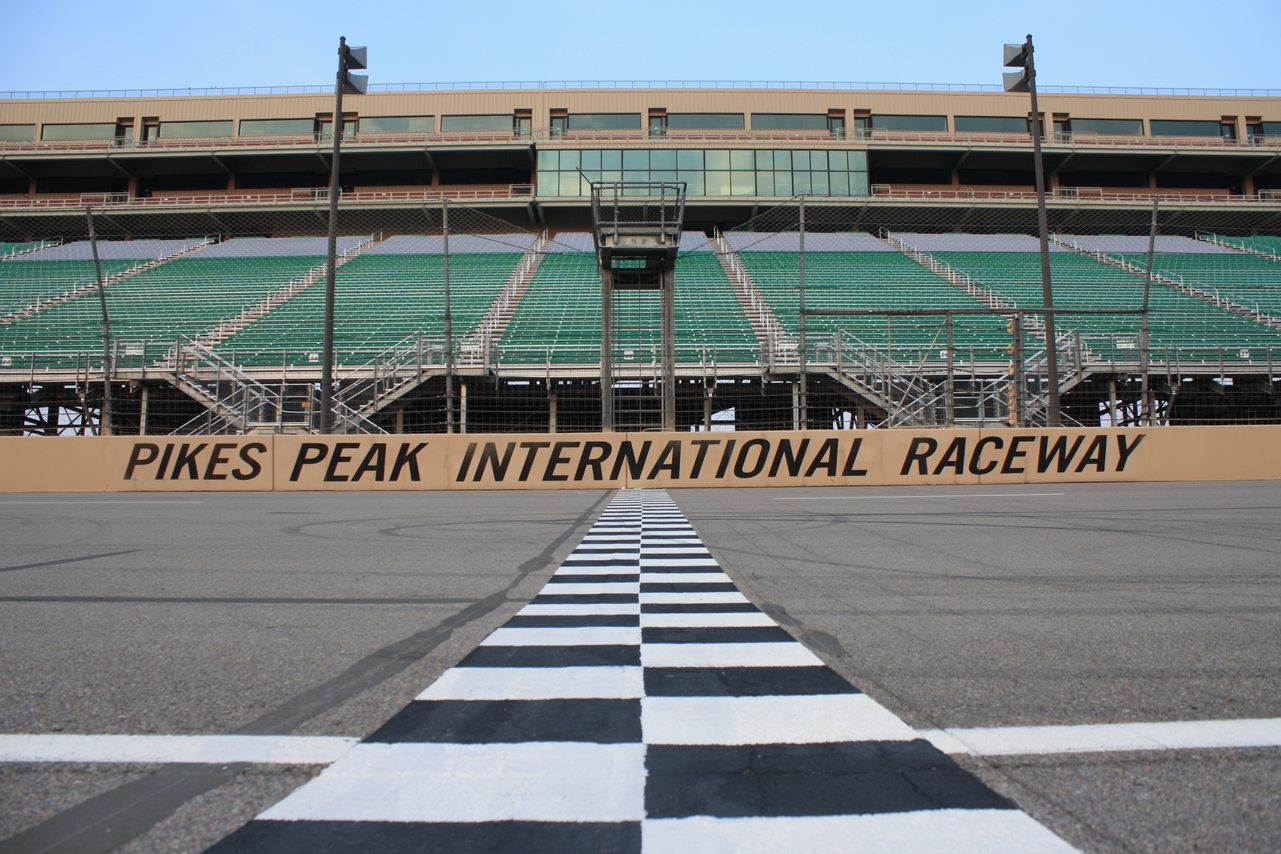
11. Pikes Peak International Raceway
By the time you reach Pikes Peak International Raceway, you’ll have earned your stripes. You’ll know speed from the seemingly endless straightaway of Utah’s Route 191, where in the dry, motionless desert, you may exceed the 100 miles-per-hour mark without noticing. You’ll know control from Colorado’s Route 50, snaking, sloping, and slanting over the Rocky Mountains through rugged National Forest roads.
If you’re looking to put these skills to the test outside the auspices of law enforcement, you’ll find no better place than Pikes Peak International Raceway, dubbed “the fastest one-mile paved road anywhere.”
From training programs and courses to open lapping and drag strip time trials, there’s no shortage of ways to sate your need for speed. It’s the latest in the region’s historic obsession with racing, which started with 19th century horse tracks and saw dozens of racetracks proliferate the landscape in subsequent years.
16650 Midway Ranch Rd, Fountain, CO 80817
This post is sponsored by Nissan as part of Rogue Routes, a cross-country winter celebration of the rogue spirit --- of iconoclasts, innovators, and daredevils -- and the release of the 2021 Nissan Rogue through once-in-a-lifetime socially-distanced drive-in and livestream experiences. Discover more and check out the event lineup here.

Gastro Obscura’s 11 Essential Places to Eat and Drink in Bangkok

Gastro Obscura’s 10 Essential Places to Eat and Drink in Rome
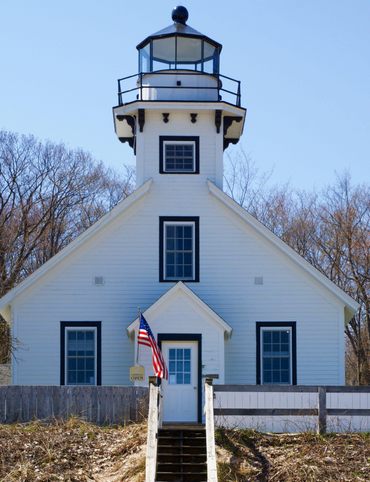
The Explorer’s Guide to Road Tripping Around the Great Lakes

10 National Parks That Are Perfect for a Road Trip
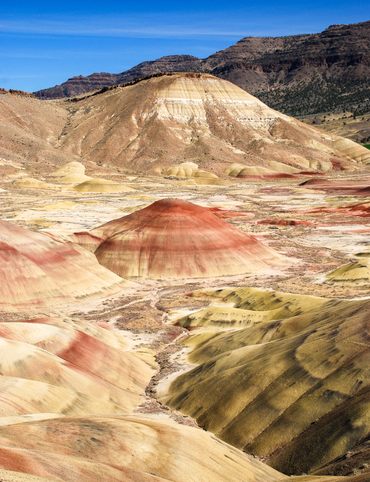
10 Out-of-This-World Places You Can Reach in Your Car
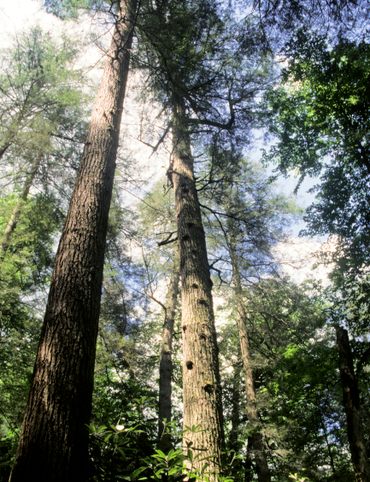
The Explorer’s Guide to Road Tripping Around Appalachia
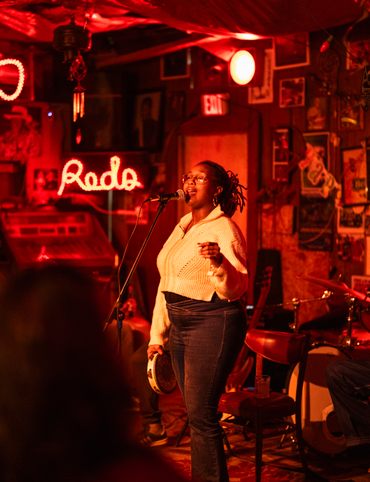
The Explorer’s Guide to Road Tripping Down Highway 61
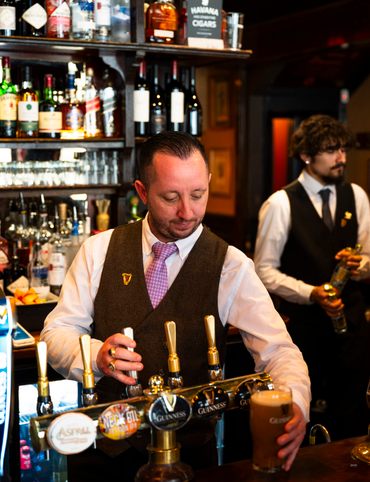
Gastro Obscura’s 10 Essential Stops on an Alternative London Pub Crawl
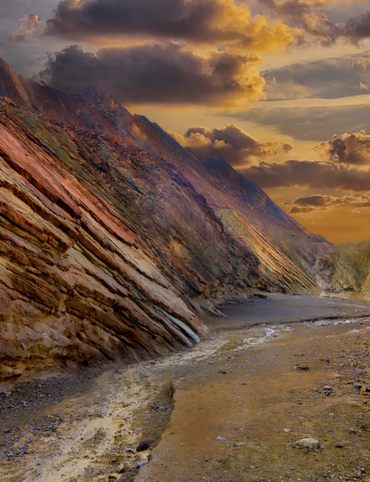
The Explorer’s Guide to Joshua Tree National Park
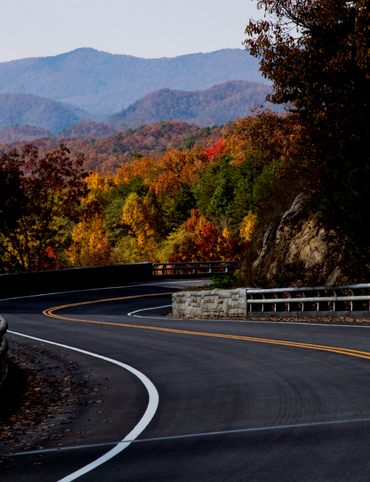
The Explorer’s Guide to the Great Smoky Mountains National Park
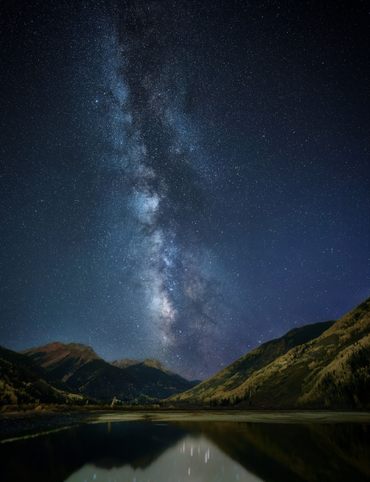
Cosmic Colorado: A Stargazer’s Guide to the Centennial State
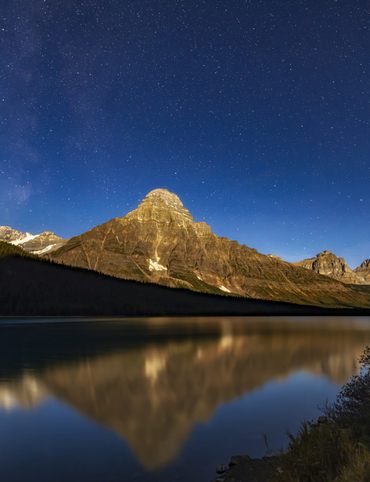
The Explorer’s Guide to Banff National Park

10 Wild Places That Define West Virginia’s Landscape
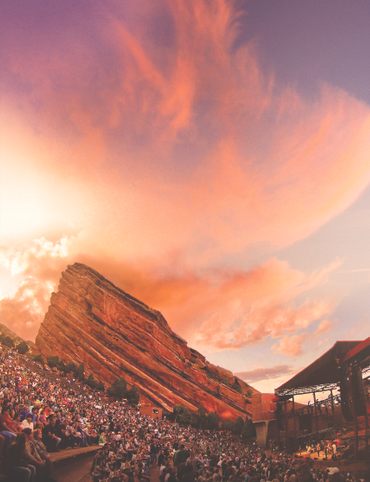
The Ultimate Guide to Hidden Red Rocks: 10 Secret Passageways, Artifacts, and Ghost Stories
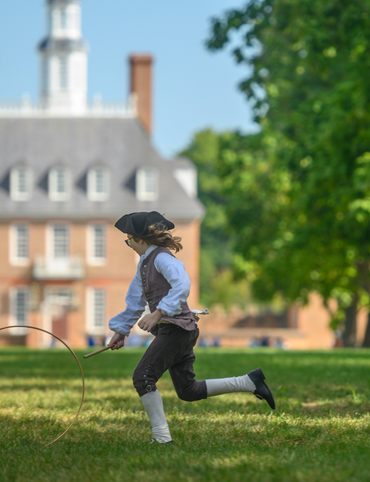
The Explorer’s Guide to Williamsburg, Virginia
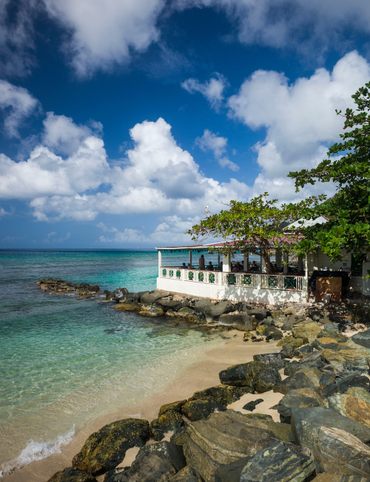
The Explorer’s Guide to the British Virgin Islands
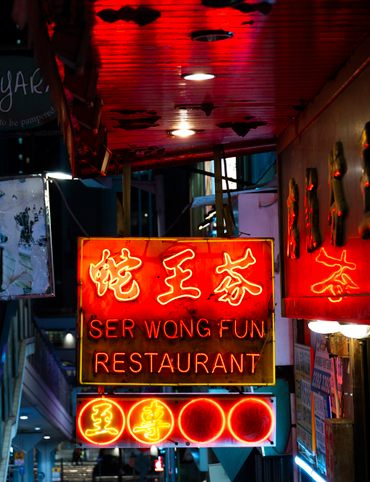
Gastro Obscura’s 10 Essential Places to Eat, Drink, and Shop in Hong Kong

A Denver Guide for National Park Lovers

Gastro Obscura’s 10 Essential Places to Eat and Drink in Oaxaca
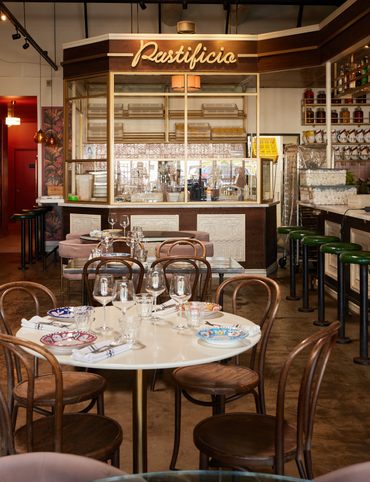
A Gastro Obscura Guide to Family-Friendly Dining in San Diego
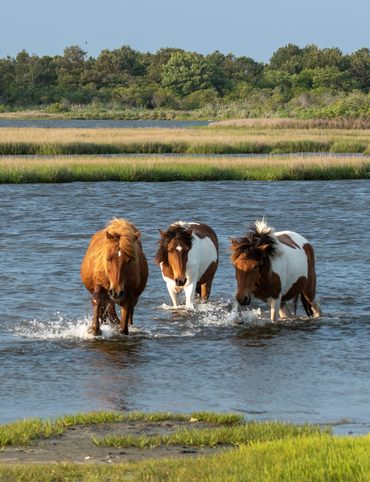
The Explorer’s Guide to Outdoor Wonders In Maryland
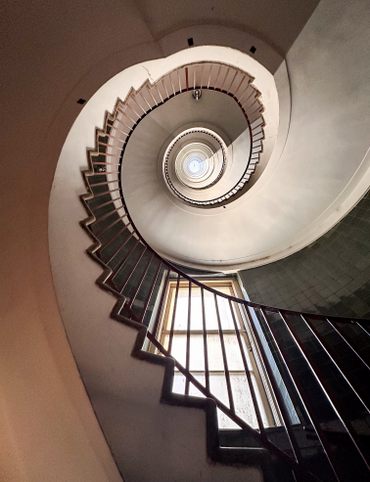
The Secret Lives of Cities: Ljubljana

From Cigar Boom to Culinary Gem: 10 Essential Spots in Ybor City
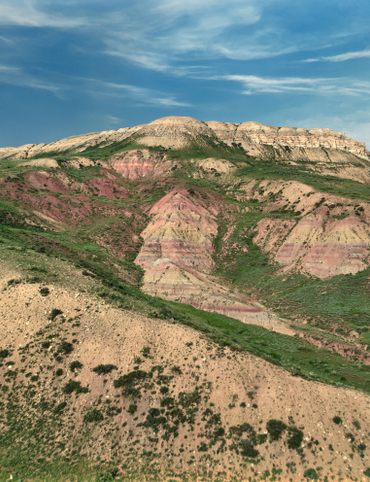
The Explorer’s Guide to Wyoming’s Captivating History

A Nature Lover’s Guide to Sarasota: 9 Wild & Tranquil Spots
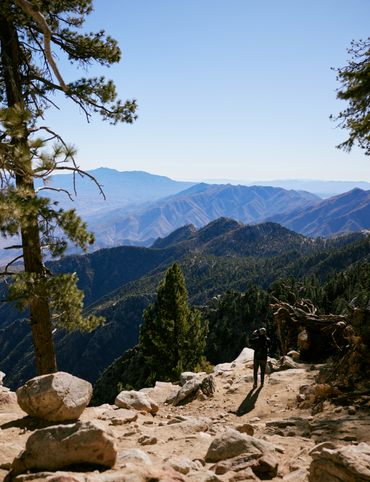
California’s Unbelievable Landscapes: A Guide to Nature’s Masterpieces
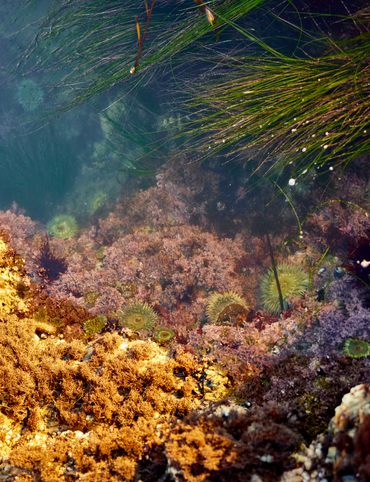
The Ultimate California Guide to Tide Pools and Coastal Marine Life

Explore California on Foot: Nature’s Year-Round Playground
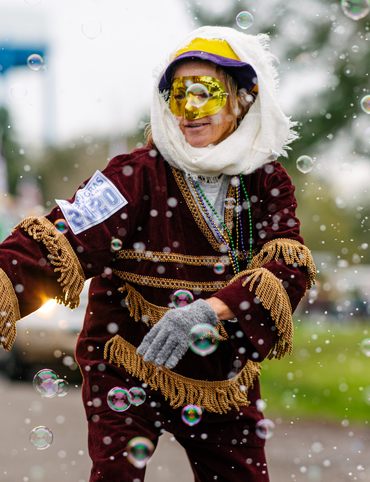
Mardi Gras 9 Ways: Parades, Cajun Music, And Courirs Across Louisiana
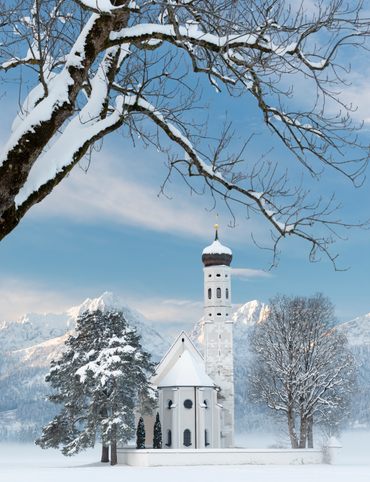
The Explorer’s Guide to Winter in Germany
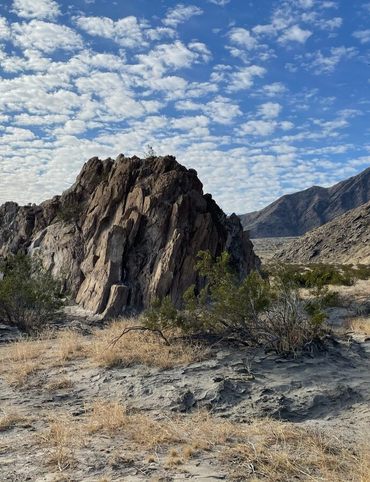
Ancient California: A Journey Through Time and Prehistoric Places

The Wildest West: Explore California’s Ghost Towns and Gold Fever Legacy
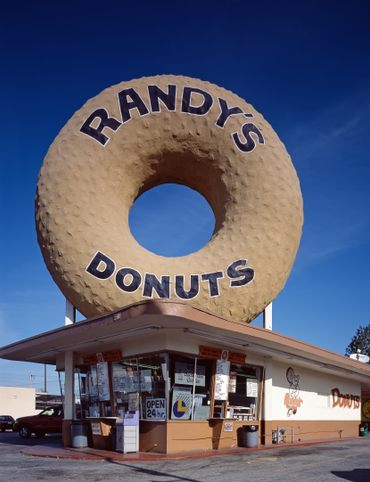
Sweet California: A Culinary Guide to Tasty Treats Across the State

Sea of Wonders: An Itinerary Through California’s Stunning Shoreline
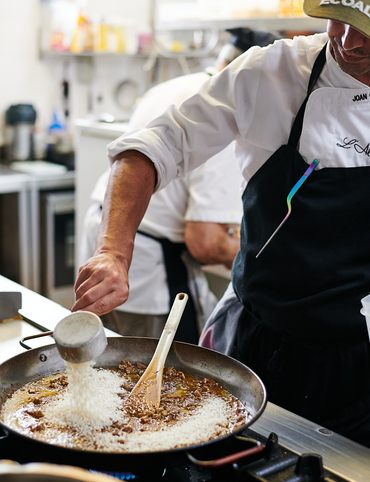
10 Places to Taste Catalonia’s Gastronomic Treasures

Atlas Obscura’s Guide to Palm Springs
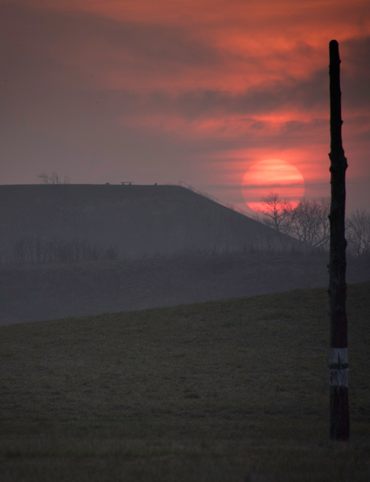
Atlas Obscura’s Guide to the 10 Most Mystifying Places in Illinois
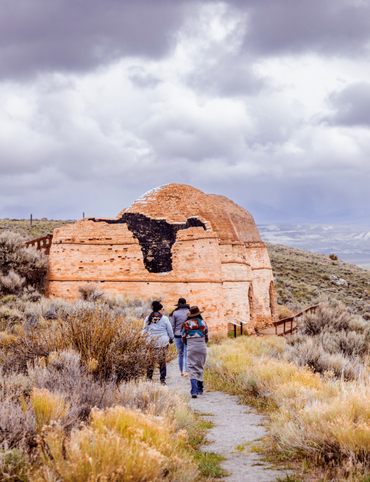
10 Fascinating Sites That Bring Idaho History to Life
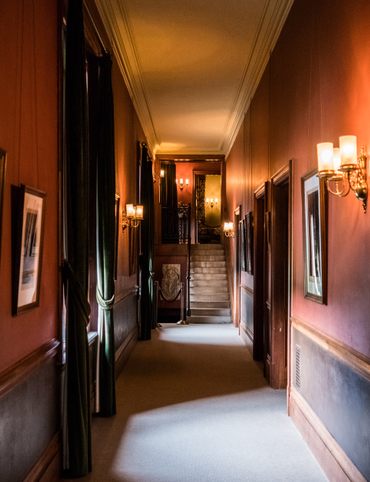
North Carolina's Paranormal Places, Scary Stories, & Local Haunts
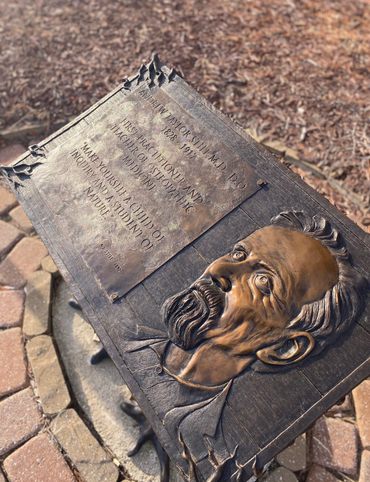
Exploring Missouri’s Legends: Unveiling the Stories Behind the State’s Iconic Figures

These Restaurants Are Dishing Out Alabama’s Most Distinctive Food

A Gastro Obscura Guide to Los Cabos
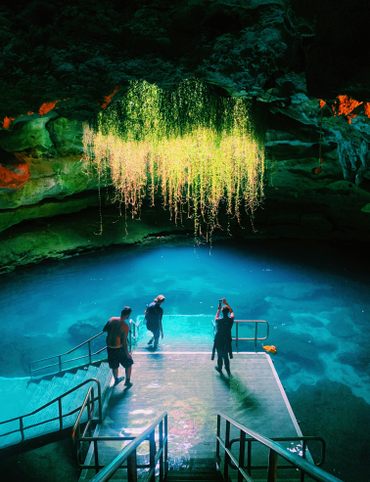
9 Watery Wonders on Florida’s Gulf Coast
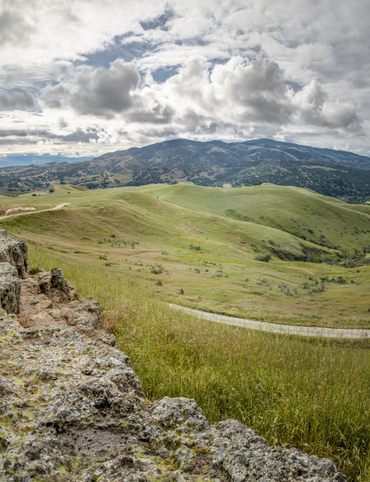
Discover the Surprising and Hidden History of Monterey County

Gastro Obscura’s Guide to Eating Your Way Through Charlotte
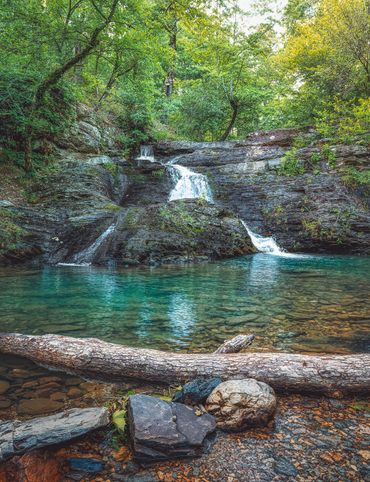
Talimena Scenic Byway: 6 Essential Stops for Your Arkansas Road Trip

9 Amazing Arkansas Adventures Along the Scenic 7 Byway
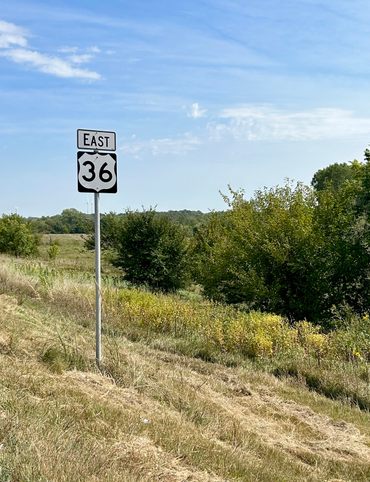
The Explorer's Guide to Highway 36: The Way of American Genius
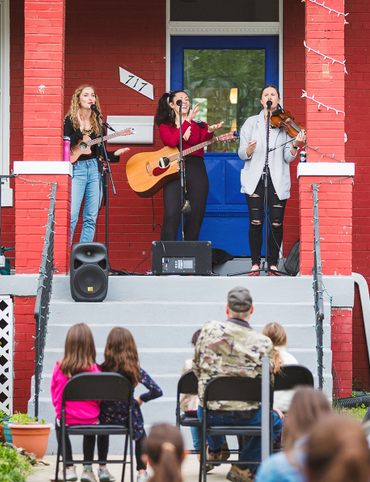
A Behind-the-Scenes Guide to DC’s Art and Music
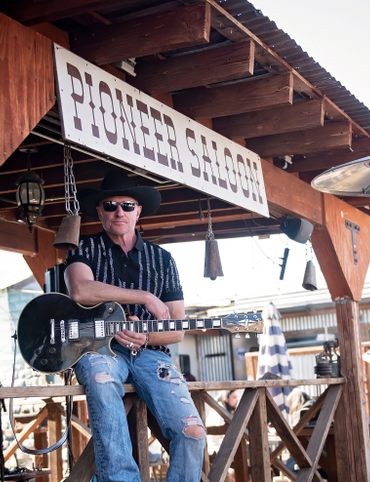
9 Places Near Las Vegas For a Different Kind of Tailgate
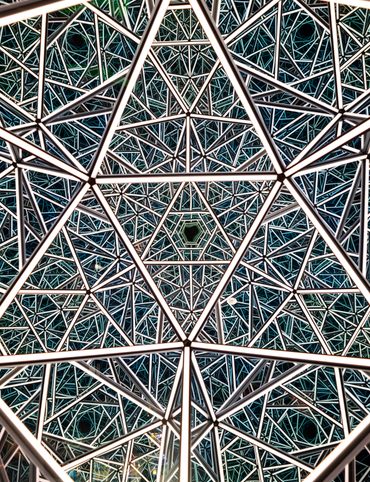
10 Places to See Amazing Art on Florida's Gulf Coast

8 Reasons Why You Should Visit the Bradenton Area

A Music Lover’s Guide to New Orleans

Gastro Obscura’s Guide to Sipping Wine in Catalonia
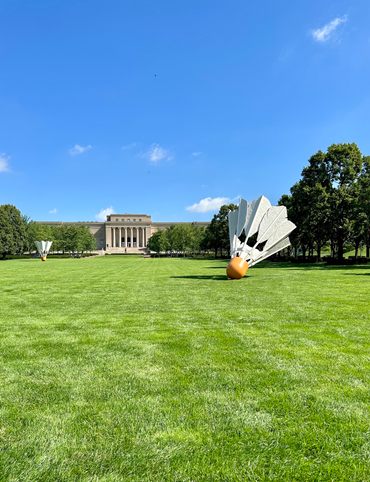
9 Hidden Wonders in the Heart of Kansas City

10 Unexpected Delights of Vermont's Arts and Culture Scene

Gastro Obscura’s Guide to Eating Through Maine

The Gastro Obscura Guide to Asheville Area Eats
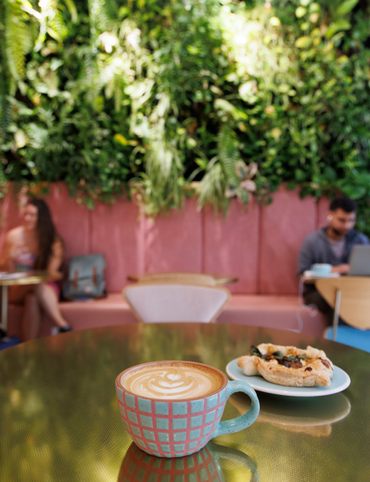
Gastro Obscura’s Guide to St. Pete/Clearwater
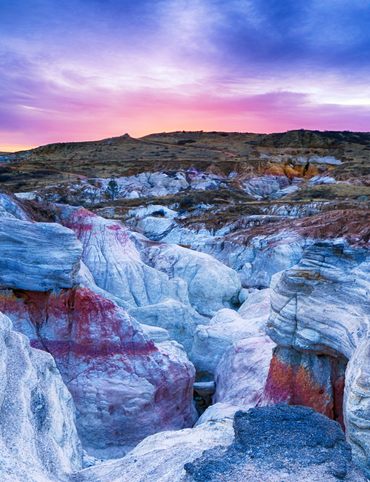
9 Hidden Wonders in Eastern Colorado
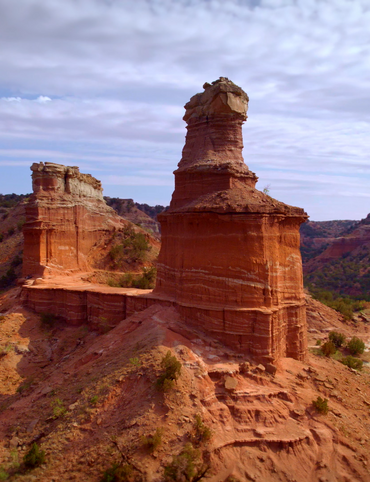
7 Places to Experience Big Wonder in Texas
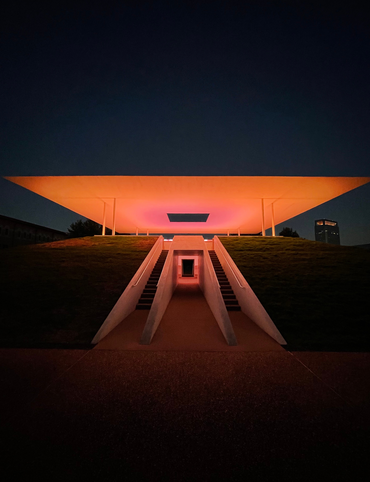
8 Out-There Art Destinations in Texas
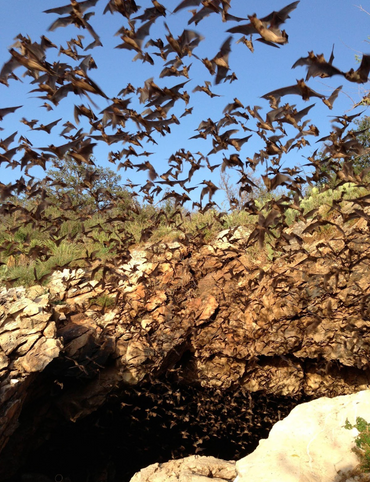
6 Ways To See Texas Below the Surface

9 Places to Dive Into Fresh Texas Waters
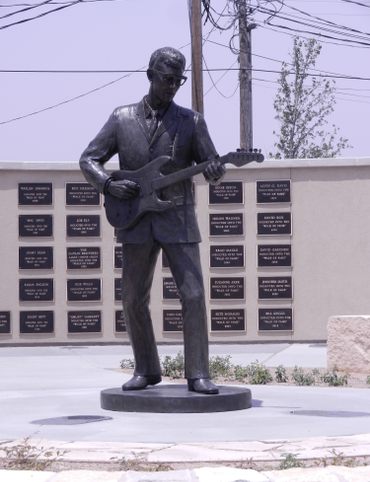
7 Ways to Explore Music (and History) in Texas
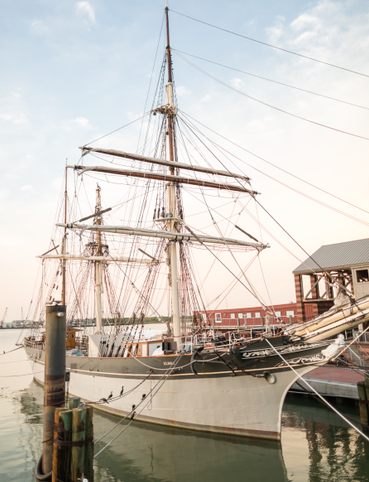
8 Ways to Discover Texas’ Rich History

The Explorer’s Guide to the Northern Territory, Australia
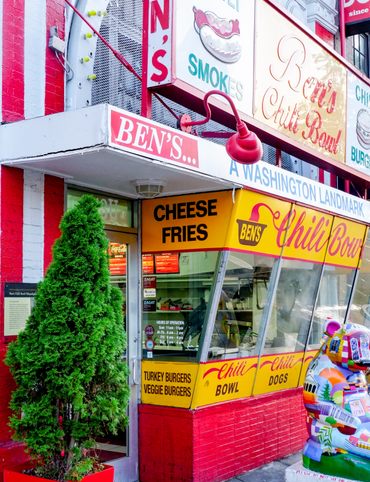
The Explorer's Guide to U Street Corridor

Gastro Obscura Guide to Southern Eats
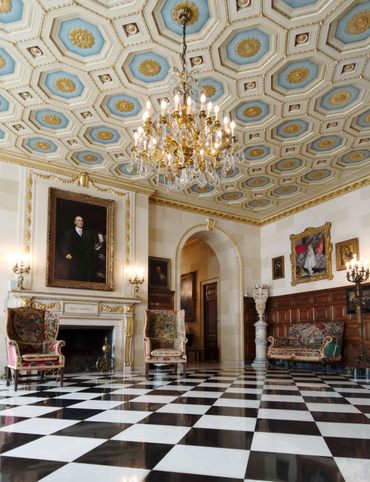
Only In Delaware

The Secret History & Hidden Wonders of Charlotte, North Carolina
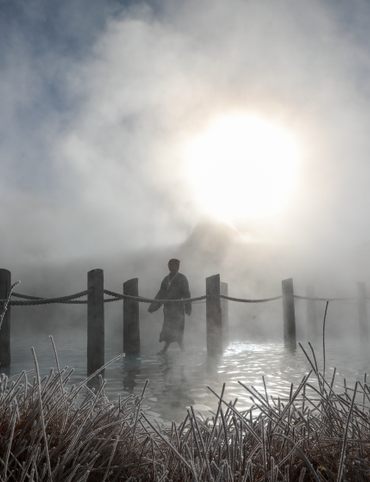
Exploring Colorado's Historic Hot Springs Loop
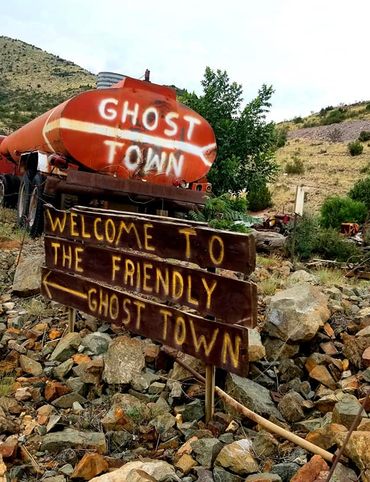
These 8 Arizona Ghost Towns Will Transport You to the Wild West
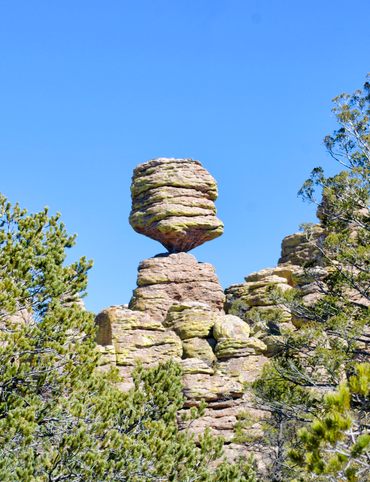
A Guide to Arizona’s Most Striking Natural Wonders
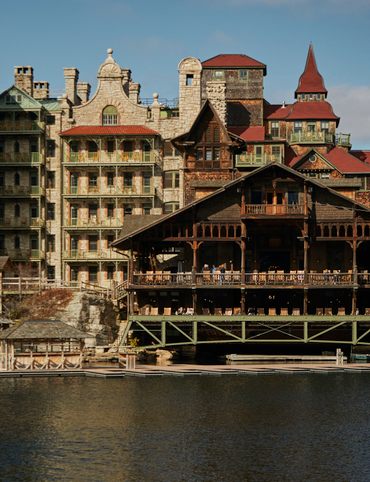
The Explorer's Guide to Hudson Valley, New York
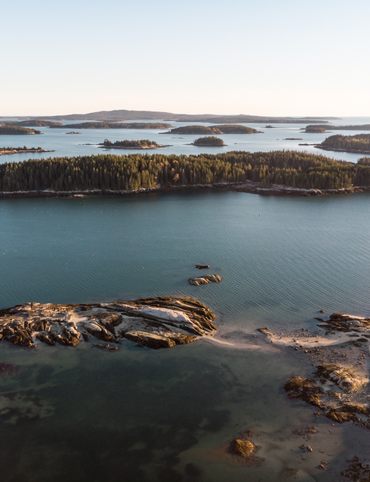
Discover the Endless Beauty of the Pine Tree State

Travel to New Heights Around the Pine Tree State

8 Historical Must-Sees in Granbury, Texas
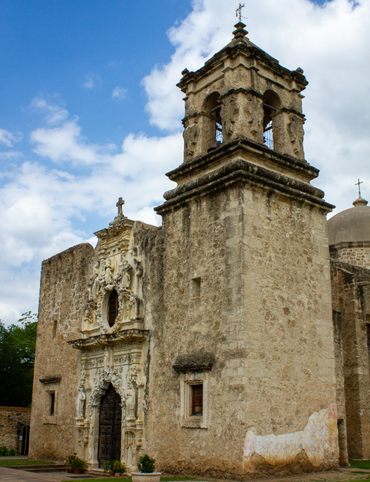
7 Creative Ways to Take in San Antonio’s Culture
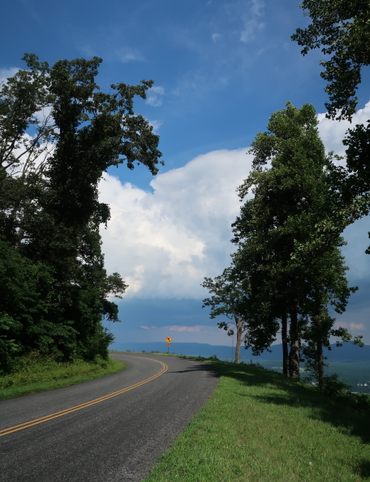
Eat Across the Blue Ridge Parkway
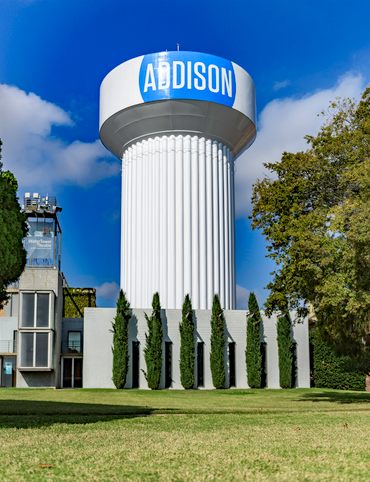
6 Ways to Absorb Addison, Texas’ Arts and Culture

6 Ways to Take in the History of Mesquite, Texas
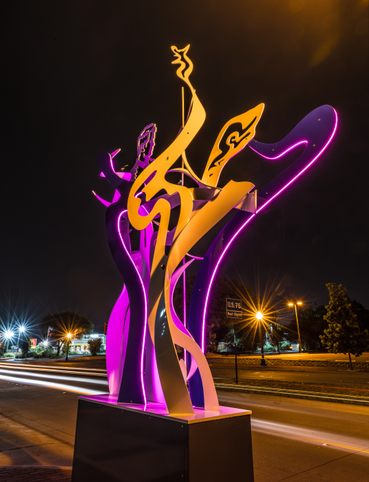
6 Ways to Soak Up Plano’s Art and Culture
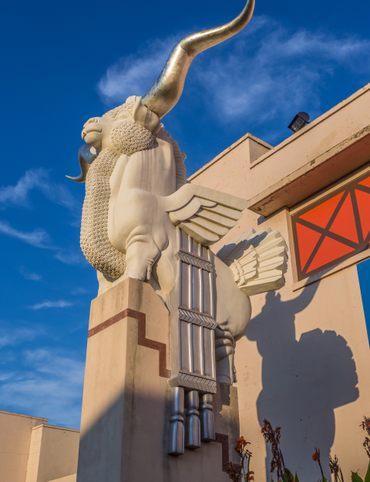
9 Dallas Spots for Unique Art and Culture
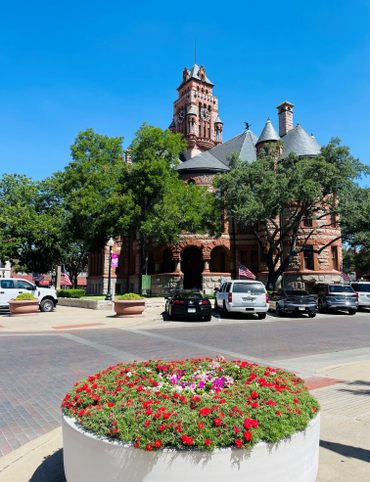
7 Sites of Small-Town History in Waxahachie, Texas
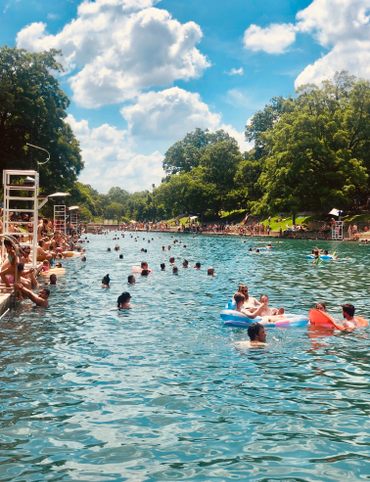
6 Natural Wonders to Discover in Austin, Texas
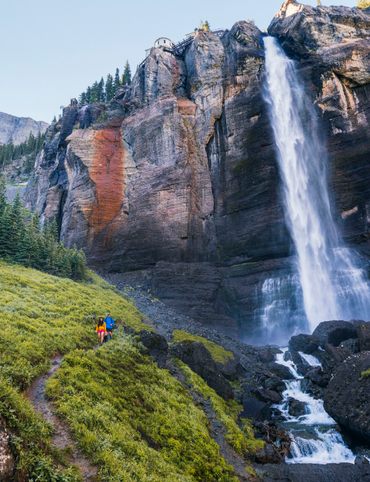
Discover the Secrets of Colorado’s Mountains and Valleys

A Road Trip Into Colorado’s Prehistoric Past
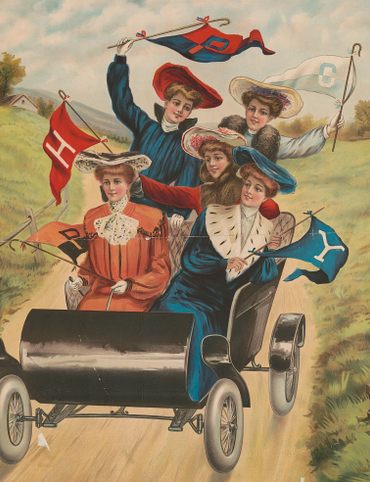
A Feminist Road Trip Across the U.S.
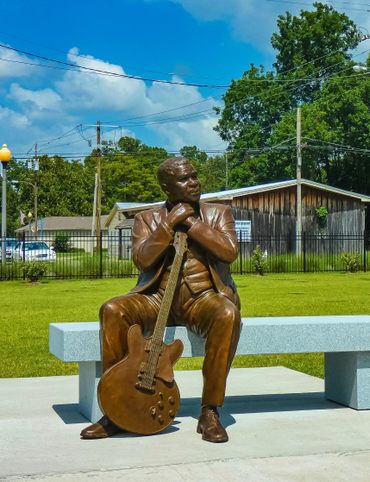
All Points South
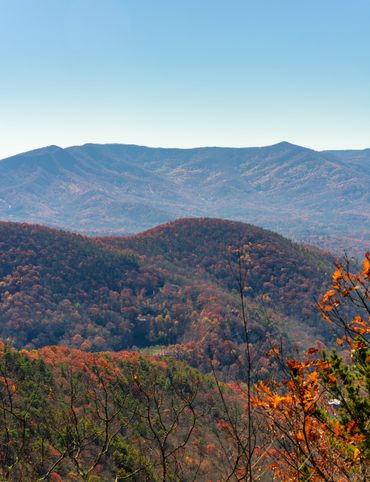
Asheville: Off the Beaten Path

Restless Spirits of Louisiana
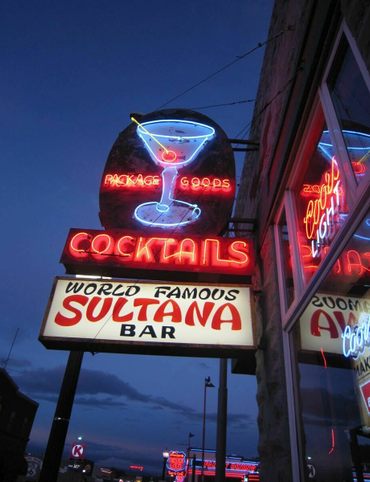
Eat Across Route 66
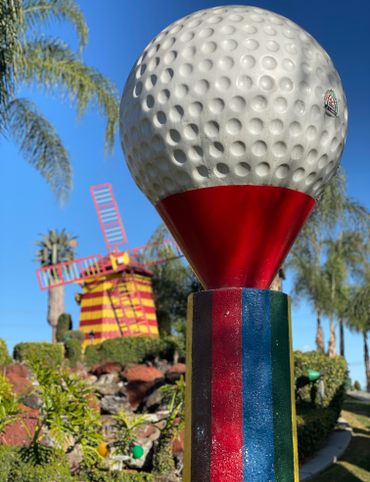
18 Mini Golf Courses You Should Go Out of Your Way to Play

4 Underwater Wonders of Florida
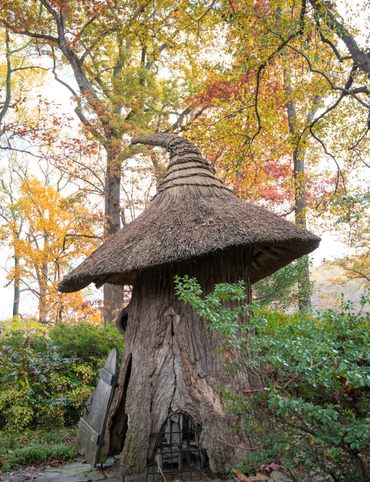
6 Spots Where the World Comes to Delaware

Study Guide: Road Trip from Knoxville to Nashville
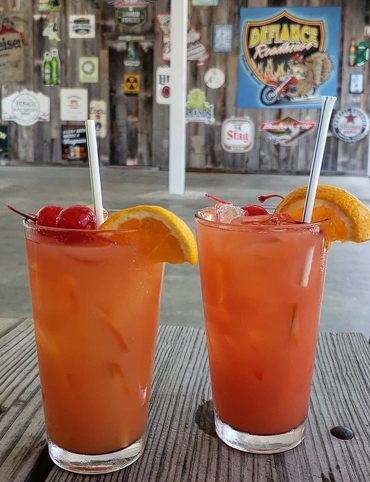
6 Wondrous Places to Get Tipsy in Missouri

Rogue Routes: The Road to Carhenge

4 Pop-Culture Marvels in Iowa

7 Stone Spectacles in Georgia

6 Stone-Cold Stunners in Idaho
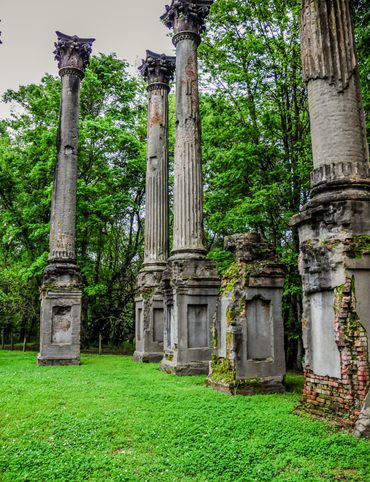
8 Historic Spots to Stop Along Mississippi's Most Famous River
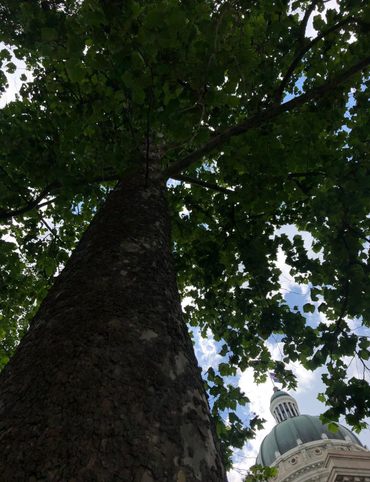
5 Incredible Trees You Can Find Only in Indiana
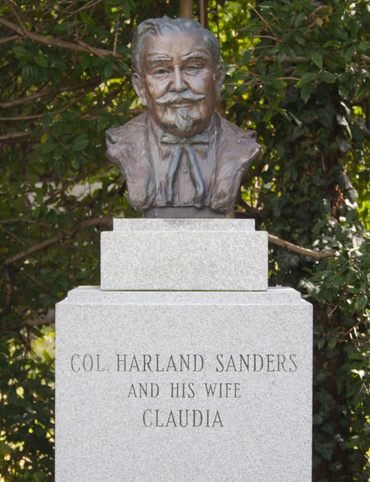
5 Famous and Delightfully Obscure Folks Buried in Kentucky

4 Wacky Wooden Buildings in Wyoming
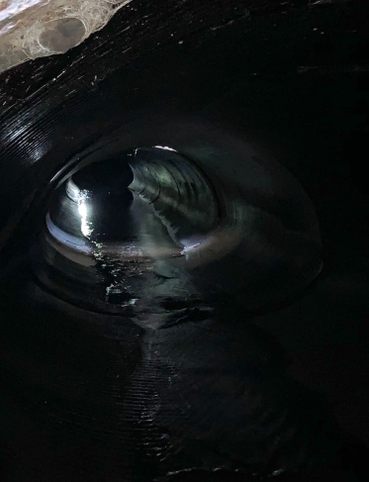
7 Spots to Explore New Jersey’s Horrors, Hauntings, and Hoaxes
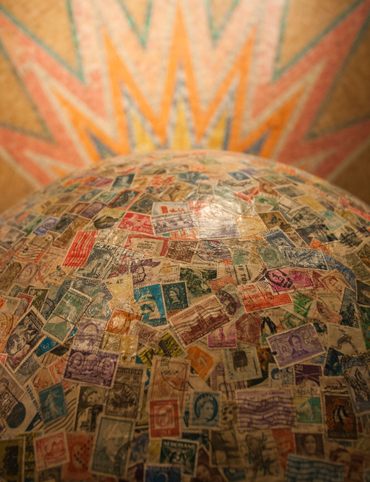
4 Out-There Exhibits Found Only in Nebraska

6 Sweet and Savory Snacks Concocted in Utah
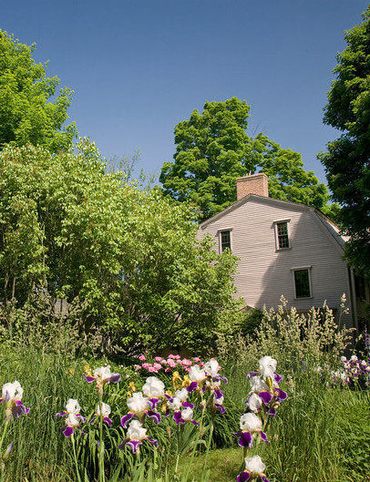
12 Places in Massachusetts Where Literature Comes to Life
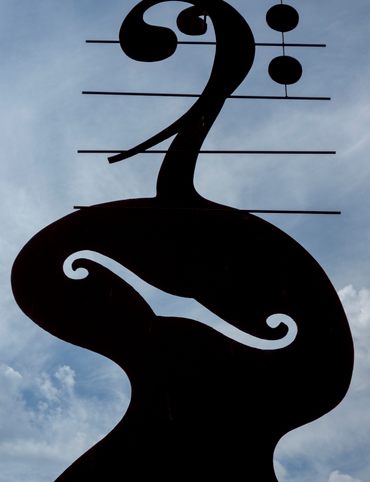
8 Places to Get Musical in Minnesota
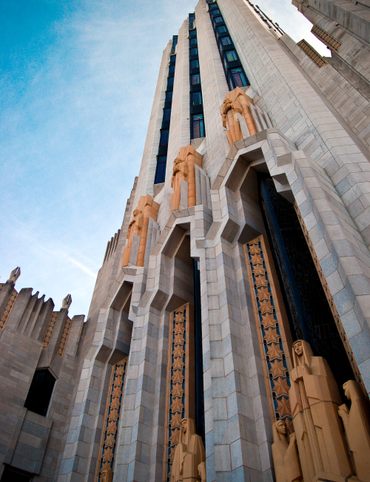
8 Buildings That Prove Oklahoma's an Eclectic Art Paradise
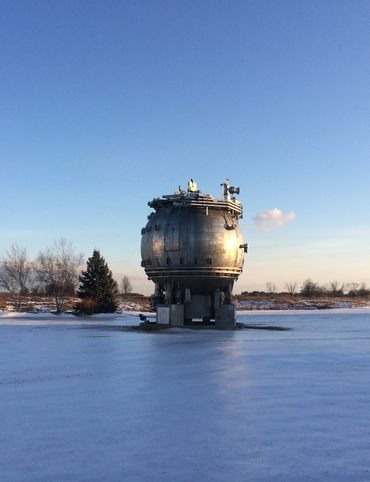
9 Stunning Scientific Sites in Illinois
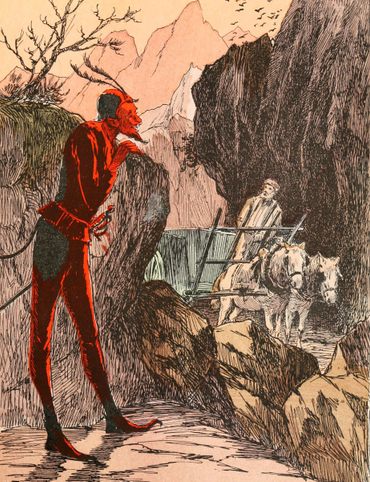
5 Strange and Satanic Spots in New Hampshire
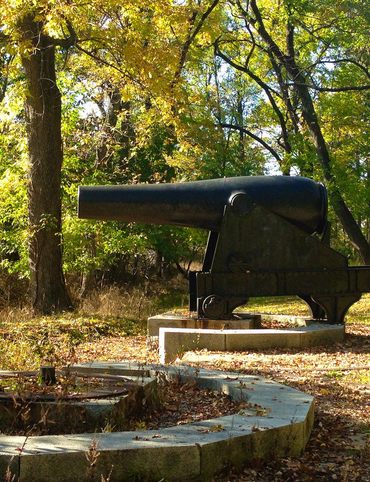
8 Historic Military Relics in Maryland
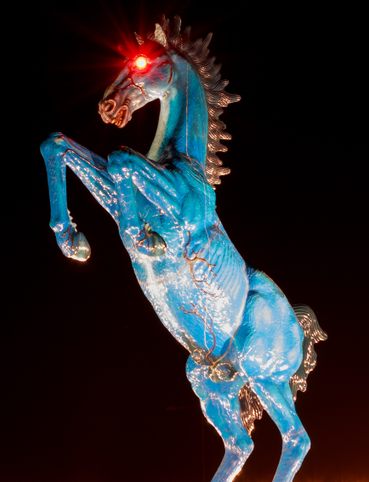
5 of Colorado's Least-Natural Wonders

Rogue Routes: The Road to Sky’s the Limit

6 Hallowed Grounds in South Carolina
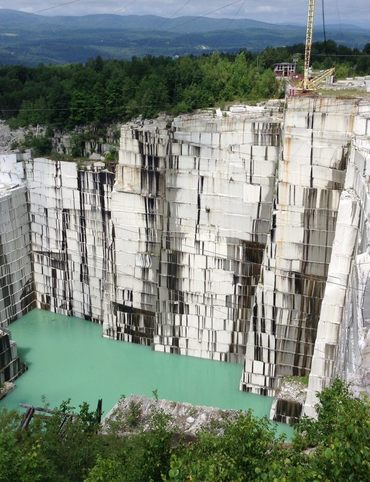
9 Rocking Places in Vermont

Knoxville Study Guide
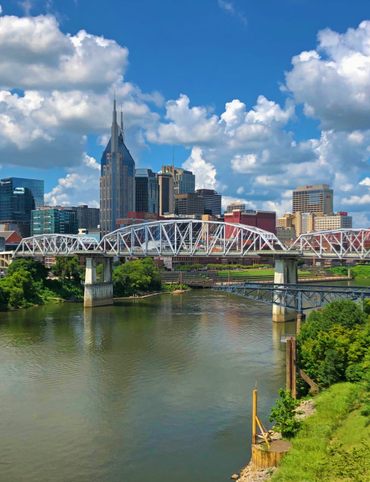
Nashville Study Guide
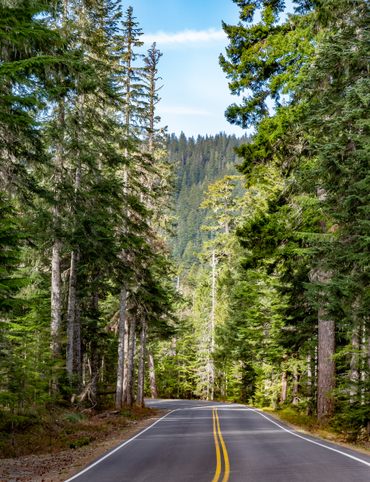
Rogue Routes: The Road to Camp Colton

Black Apples and 6 Other Southern Specialties Thriving in Arkansas

4 Monuments to Alabama’s Beloved Animals
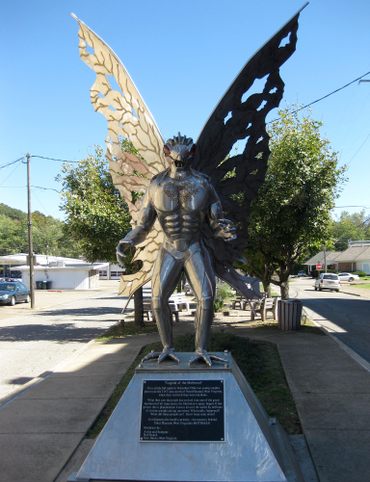
The Dark History of West Virginia in 9 Sites
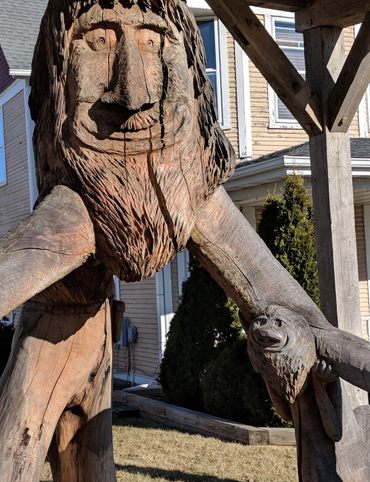
11 Zany Collections That Prove Wisconsin's Quirkiness
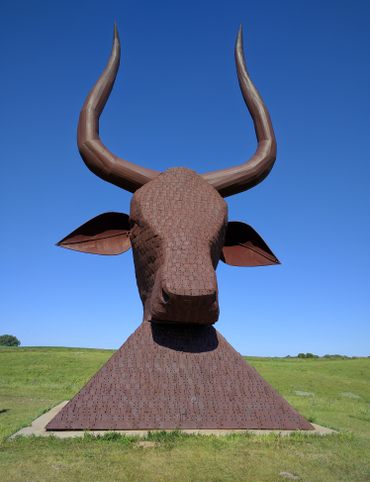
7 Inexplicably Huge Animals in South Dakota
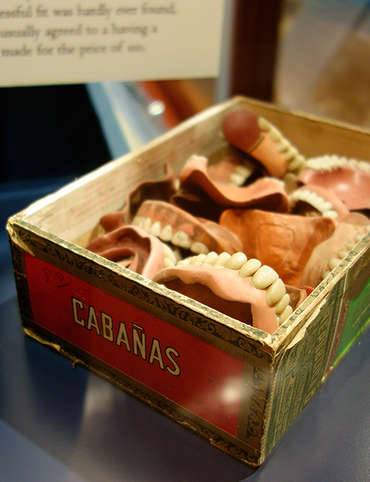
6 Fascinating Medical Marvels in Pennsylvania

8 Places in Virginia That Aren’t What They Seem
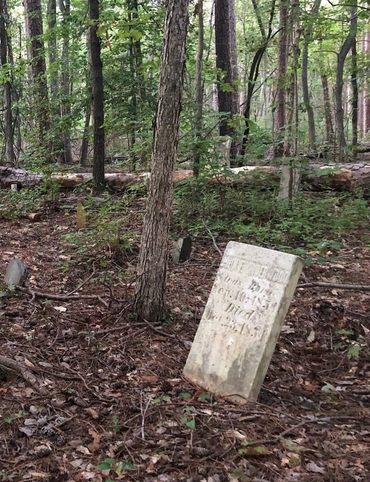
7 Cool, Creepy, and Unusual Graves Found in North Carolina
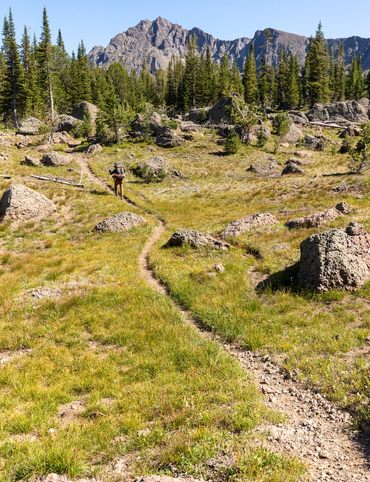
7 of Montana's Spellbinding Stone Structures
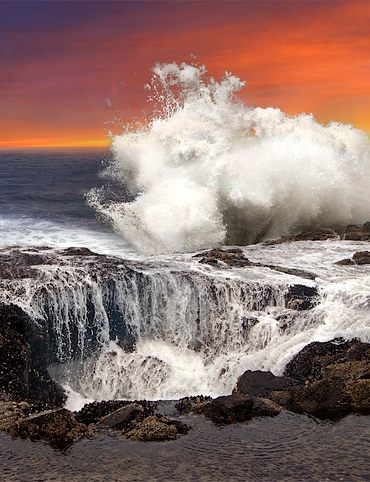
9 of Oregon’s Most Fascinating Holes and Hollows
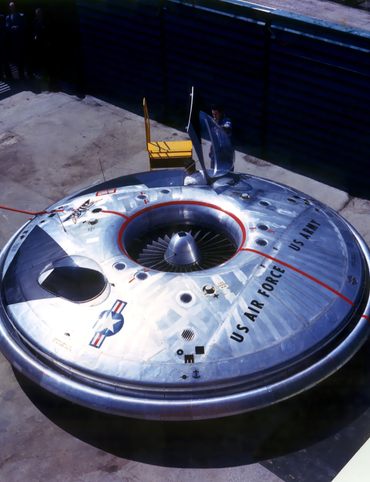
Take to the Skies With These 9 Gravity-Defying Sites in Ohio
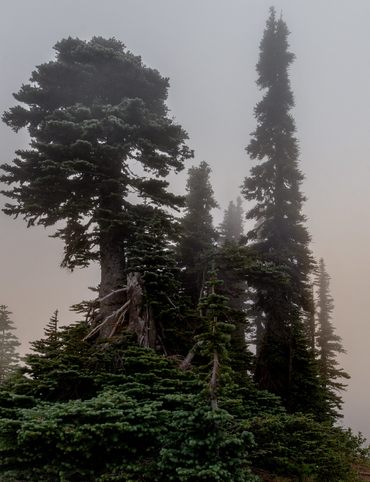
9 Strange and Surreal Spots in Washington State
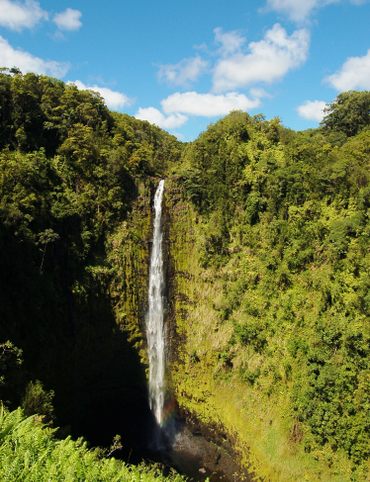
8 Watery Wonders in Hawaiʻi, Without Setting Foot in the Ocean
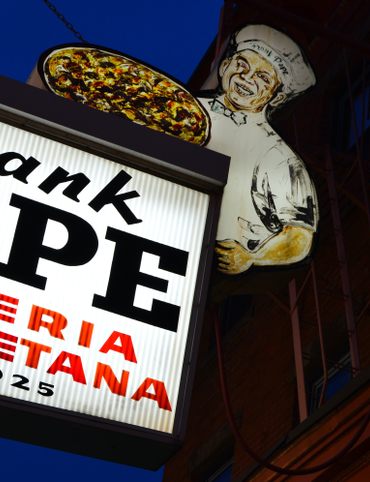
6 Unusual Eats Curiously Cooked Up in Connecticut
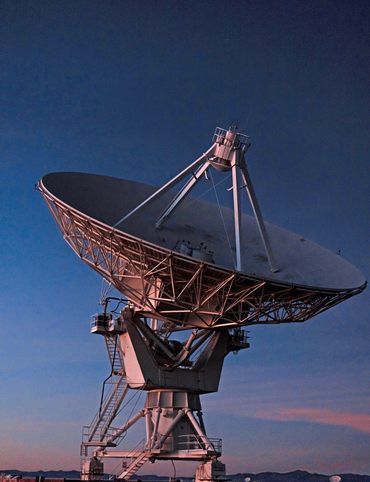
11 Close Encounters With Aliens and Explosions in New Mexico
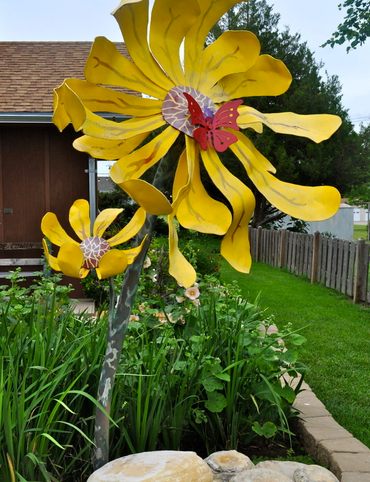
10 Places to Trip Way Out in Kansas
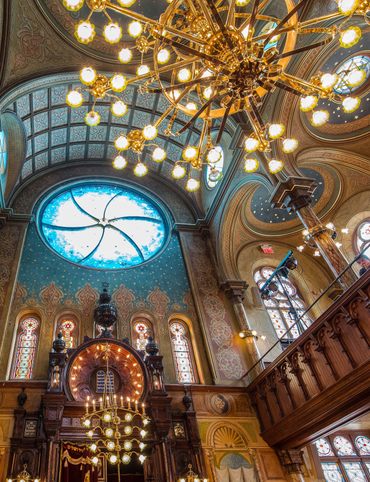
The Resilience of New York in 10 Remarkable Sites

7 Very Tall Things in Very Flat North Dakota
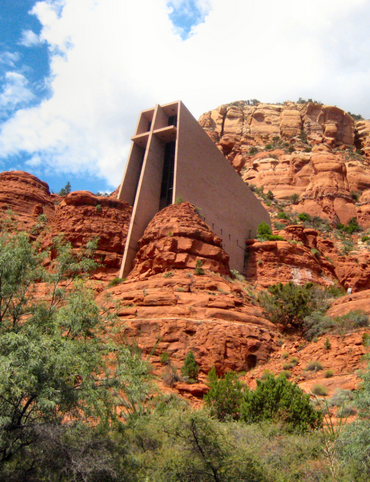
8 Blissfully Shady Spots to Escape the Arizona Sun
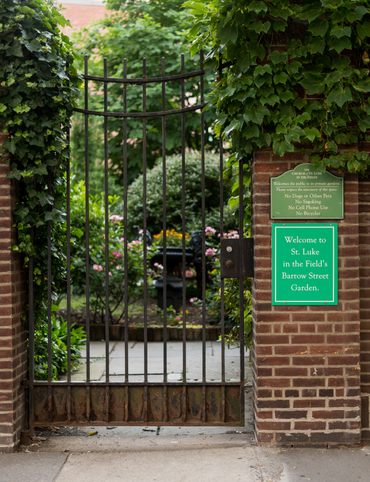
On the Run: NYC
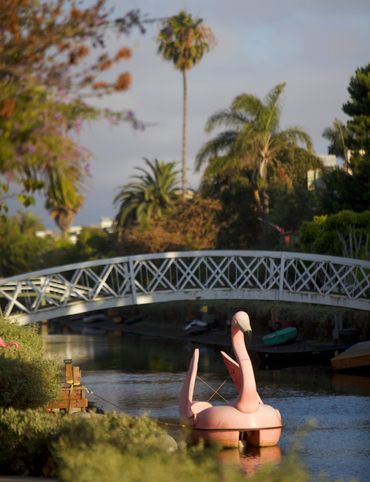
On the Run: Los Angeles

9 Surprisingly Ancient Marvels in Modern California
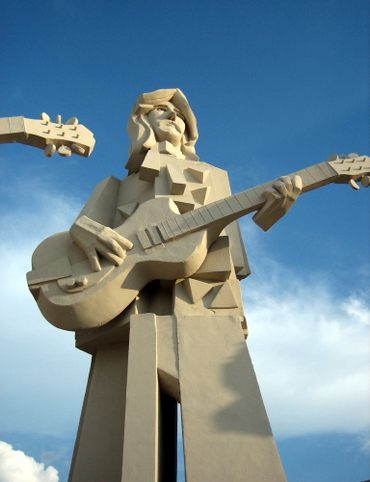
10 Art Installations That Prove Everything's Bigger in Texas
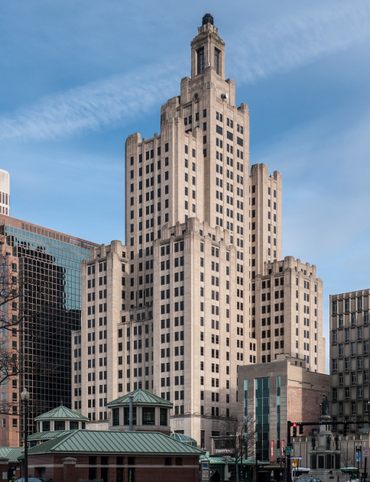
6 Huge Things in Tiny Rhode Island
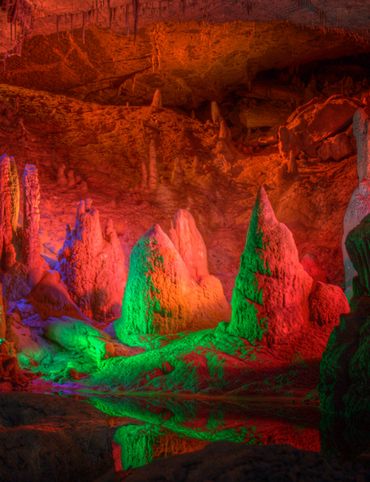
7 Underground Thrills Only Found in Tennessee

Sink Into 7 of Louisiana's Swampiest Secrets

7 Mechanical Marvels in Michigan

11 Wholesome Spots in Nevada
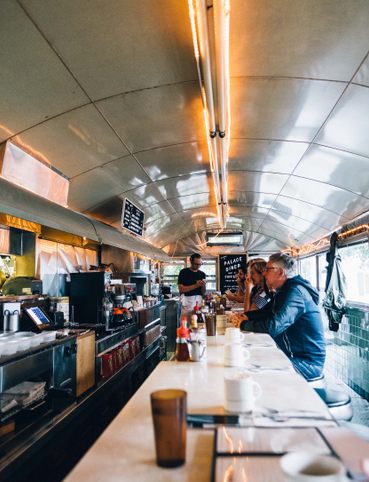
7 Places to Glimpse Maine's Rich Railroad History
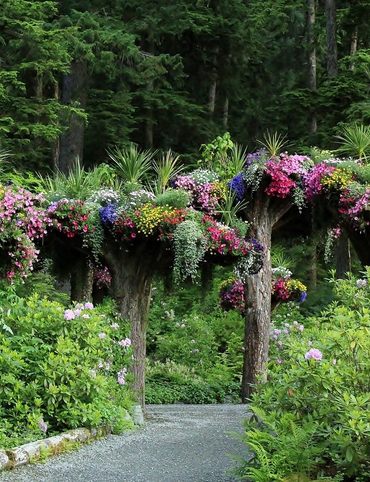
11 Places Where Alaska Bursts Into Color
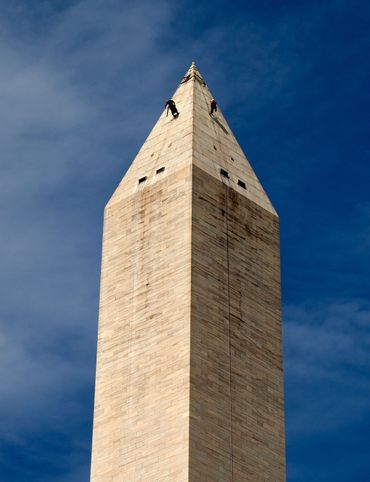
9 Places in D.C. That You're Probably Never Allowed to Go
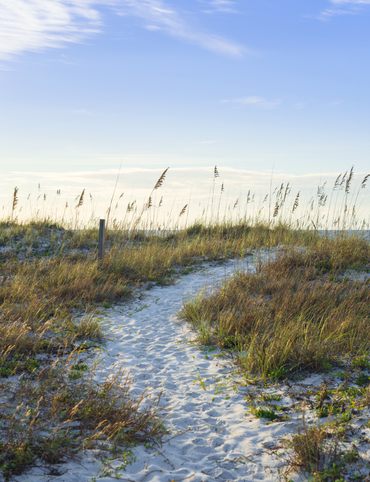
2 Perfect Days in Pensacola
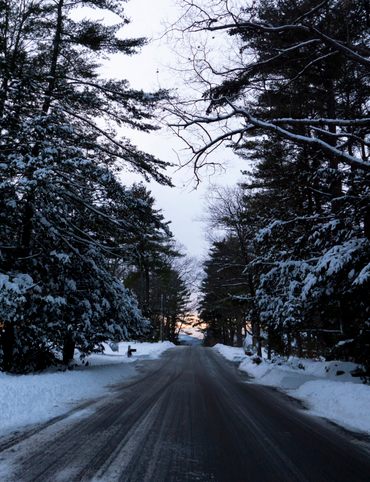
Rogue Routes: The Road to the Ice Castles

Taste of Tucson
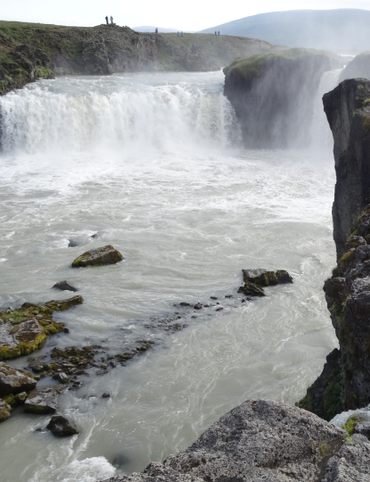
North Iceland’s Untamed Coast

Hidden Edinburgh
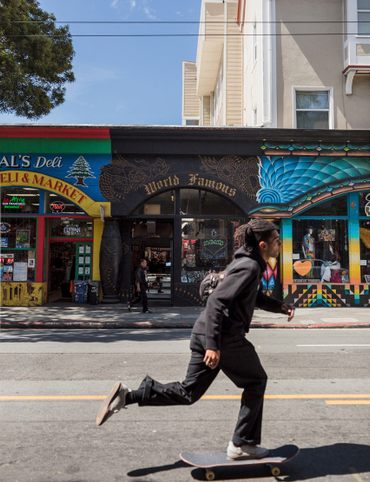
Hidden Haight-Ashbury

The Many Flavors of NYC’s Five Boroughs
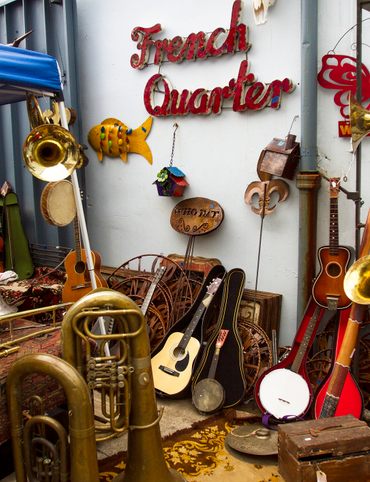
Hidden French Quarter
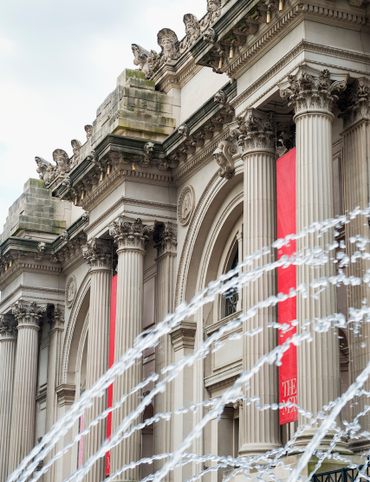
The Metropolitan Museum of Art
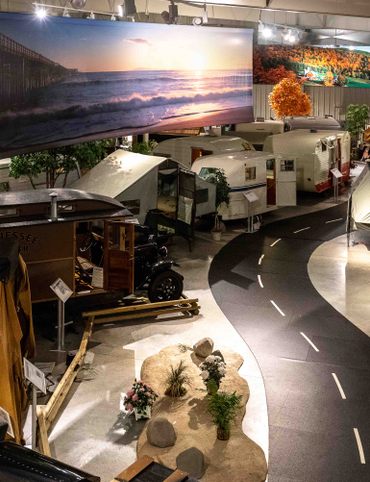
Motown to Music City Road Trip

Gulf Coast Road Trip

Hidden Coachella Valley
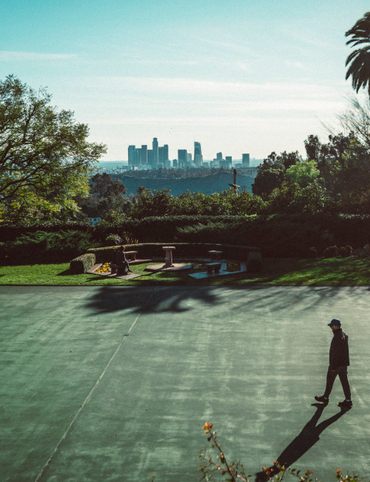
Highland Park

Venice

L.A.’s Downtown Arts District
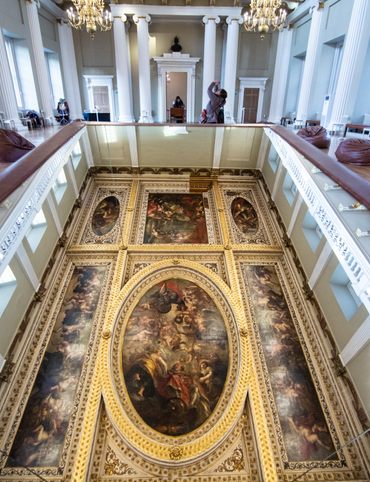
Hidden Trafalgar Square

Secrets of NYC’s Five Boroughs
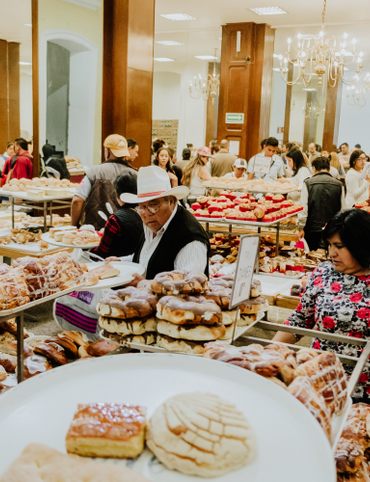
Mexico City's Centro Histórico

Hidden Hollywood
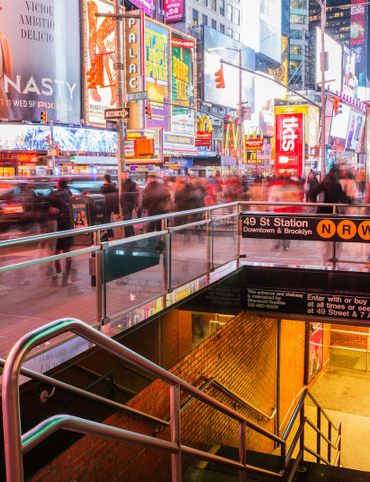
Hidden Times Square

Summer Radio Road-Trip
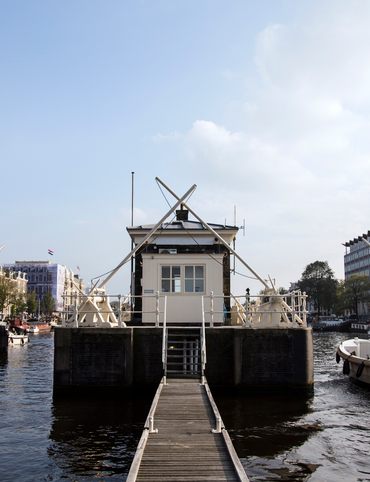
Amsterdam
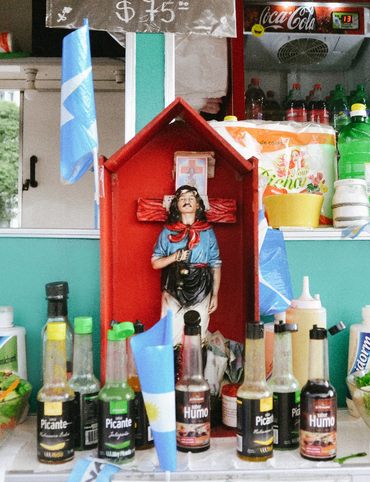
Buenos Aires
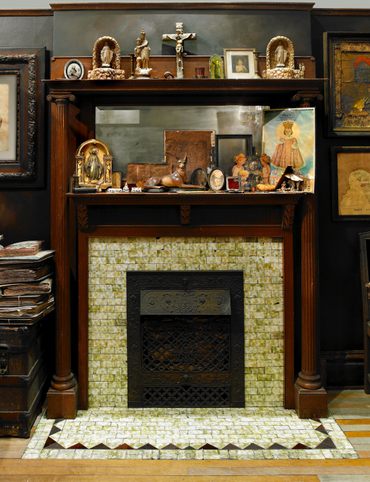
Chicago
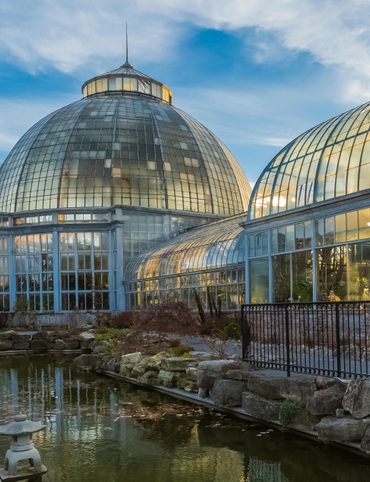
Detroit
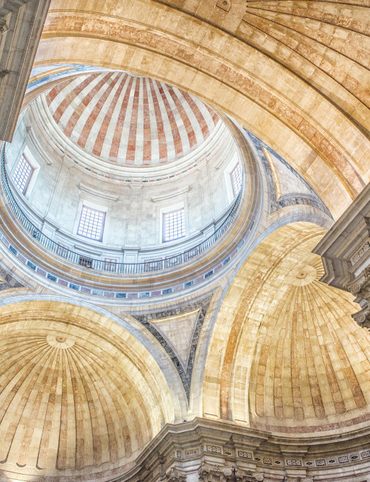
Lisbon

Miami
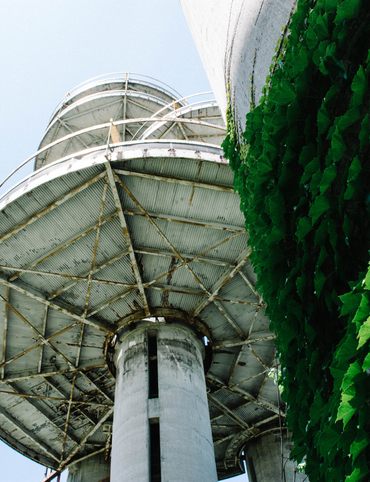
Queens

San Diego
